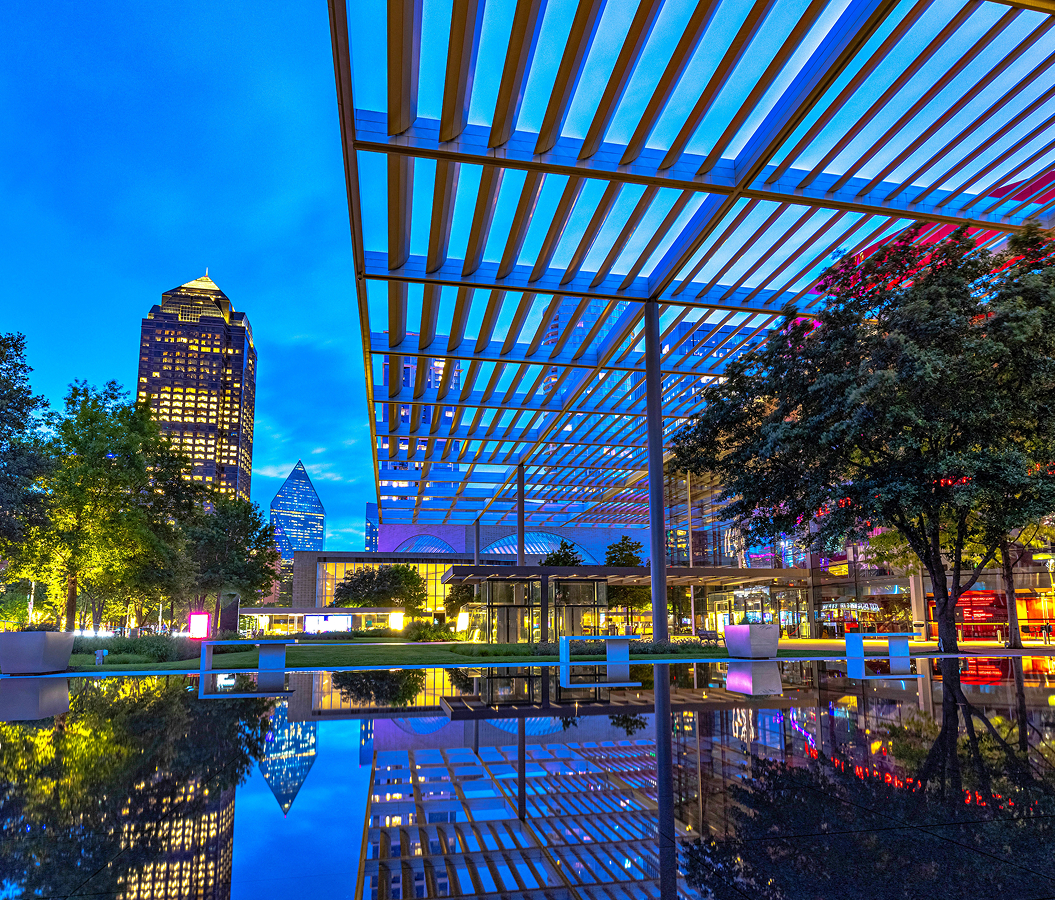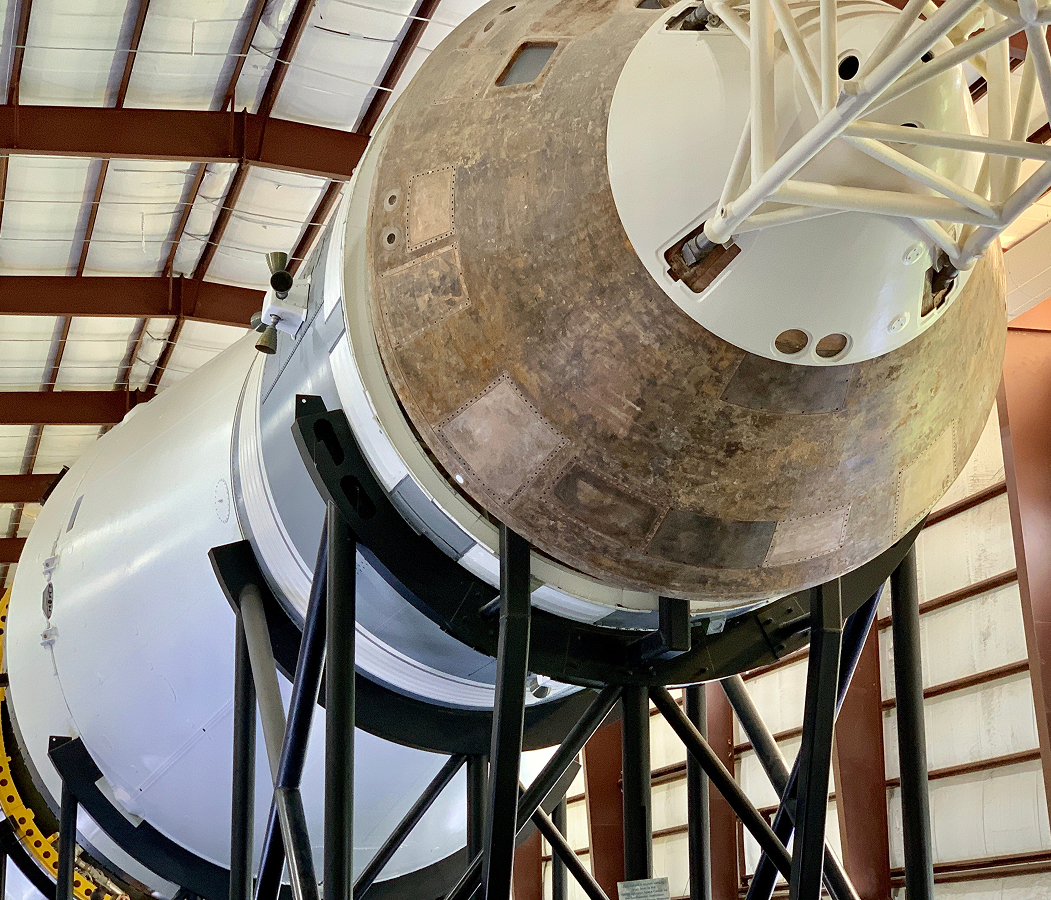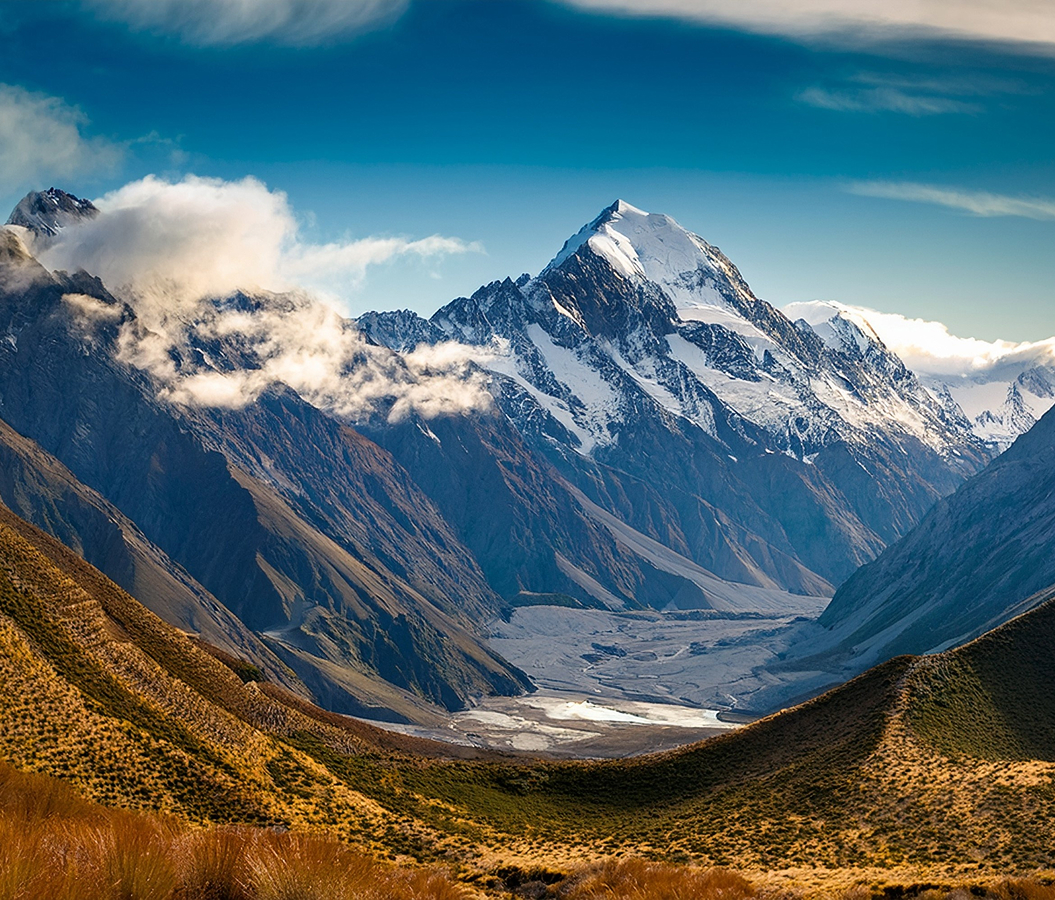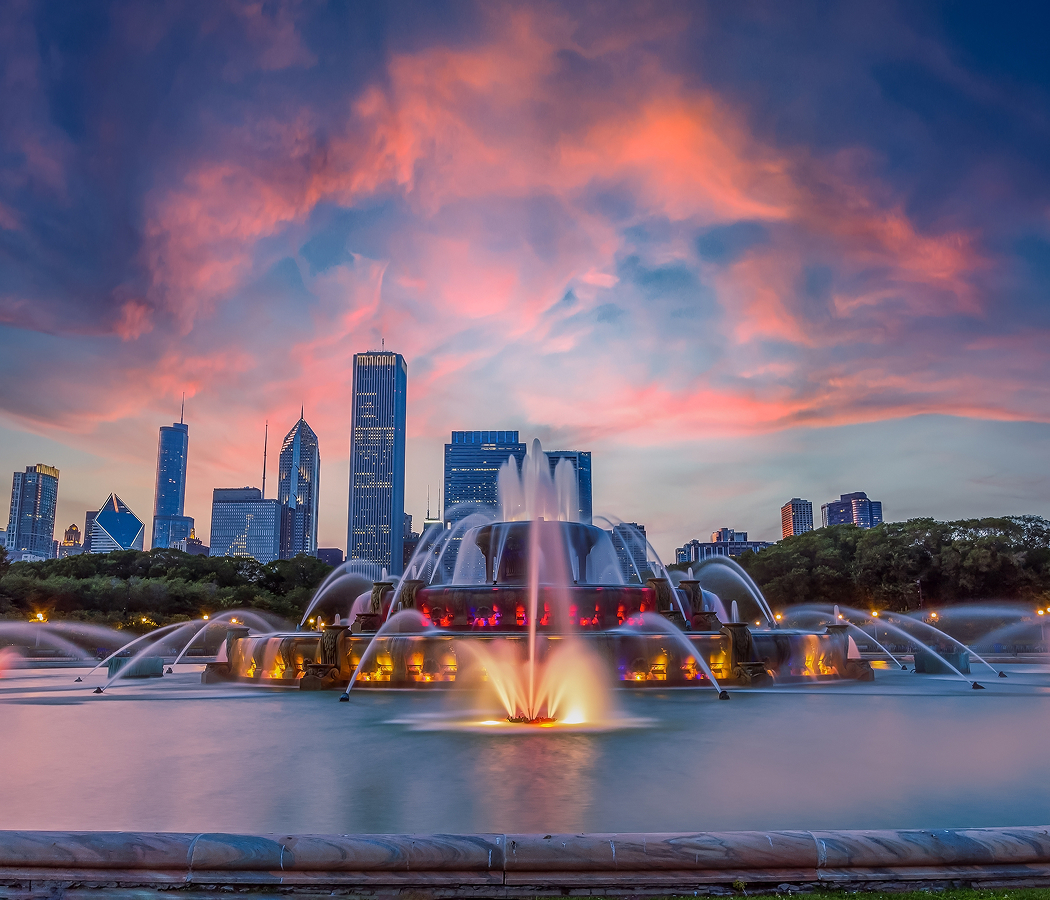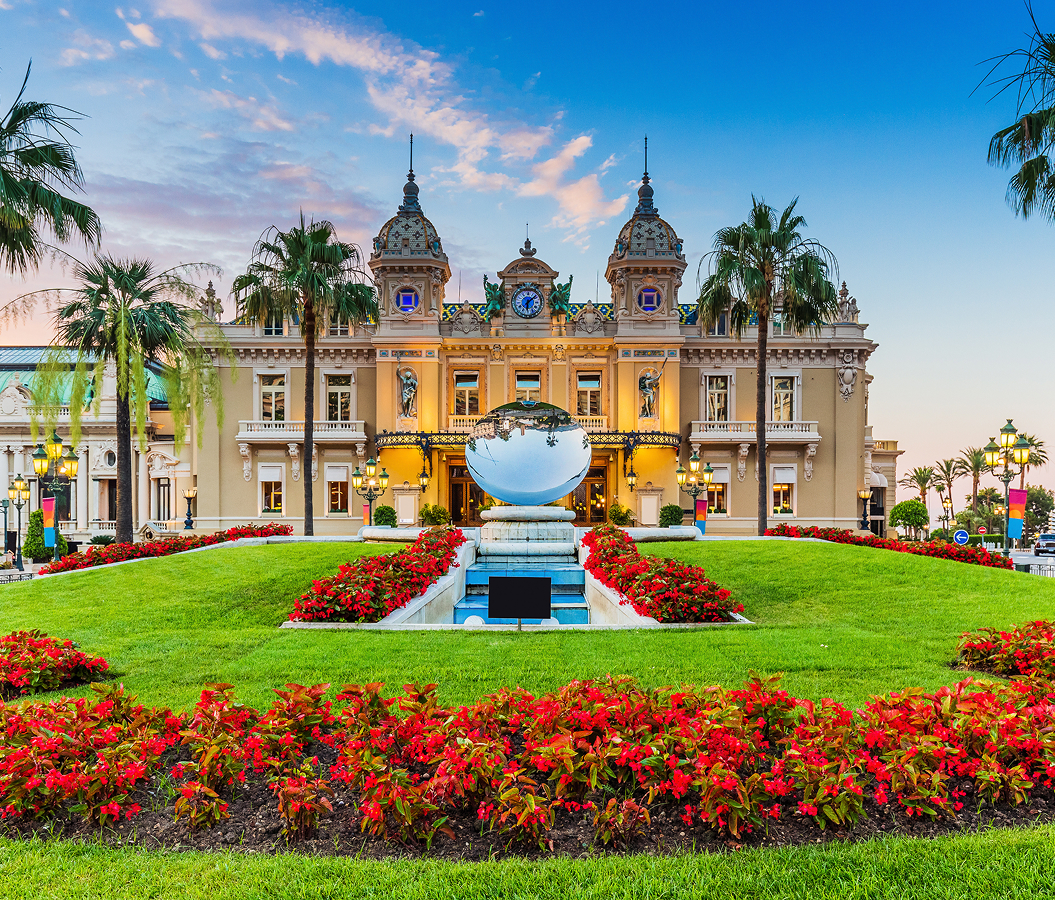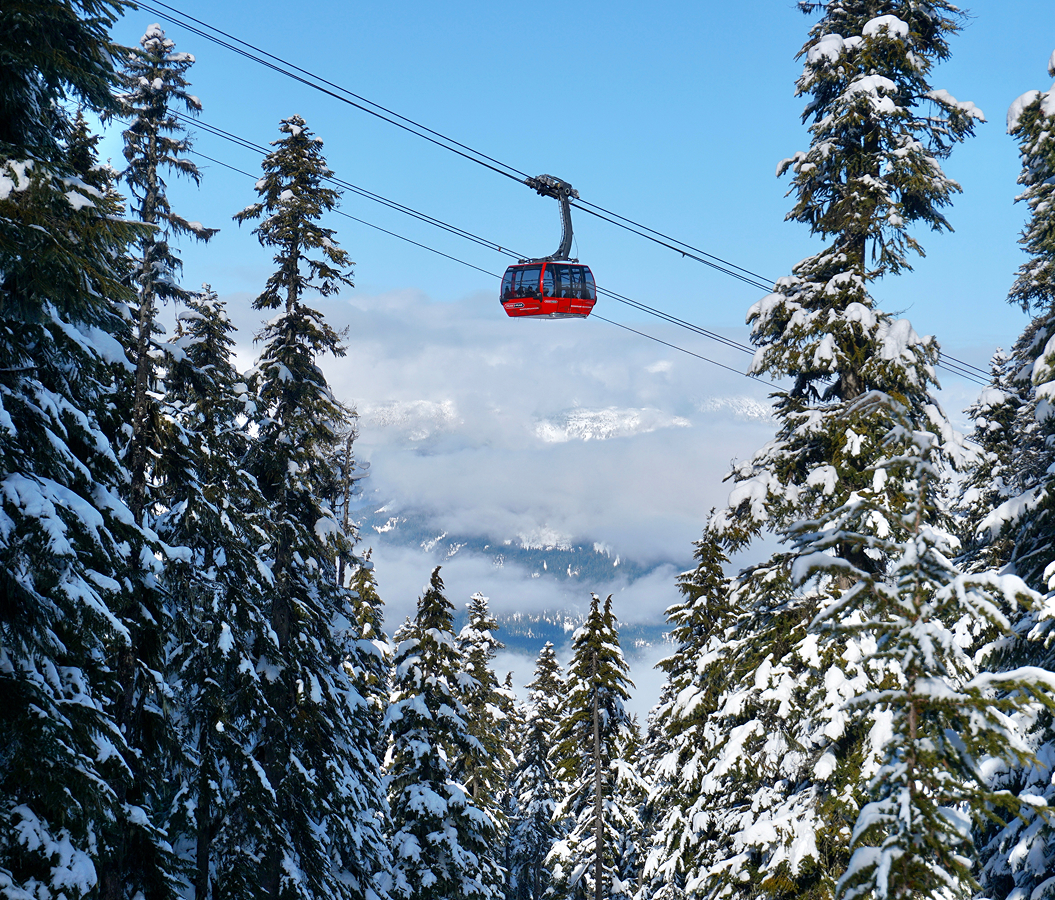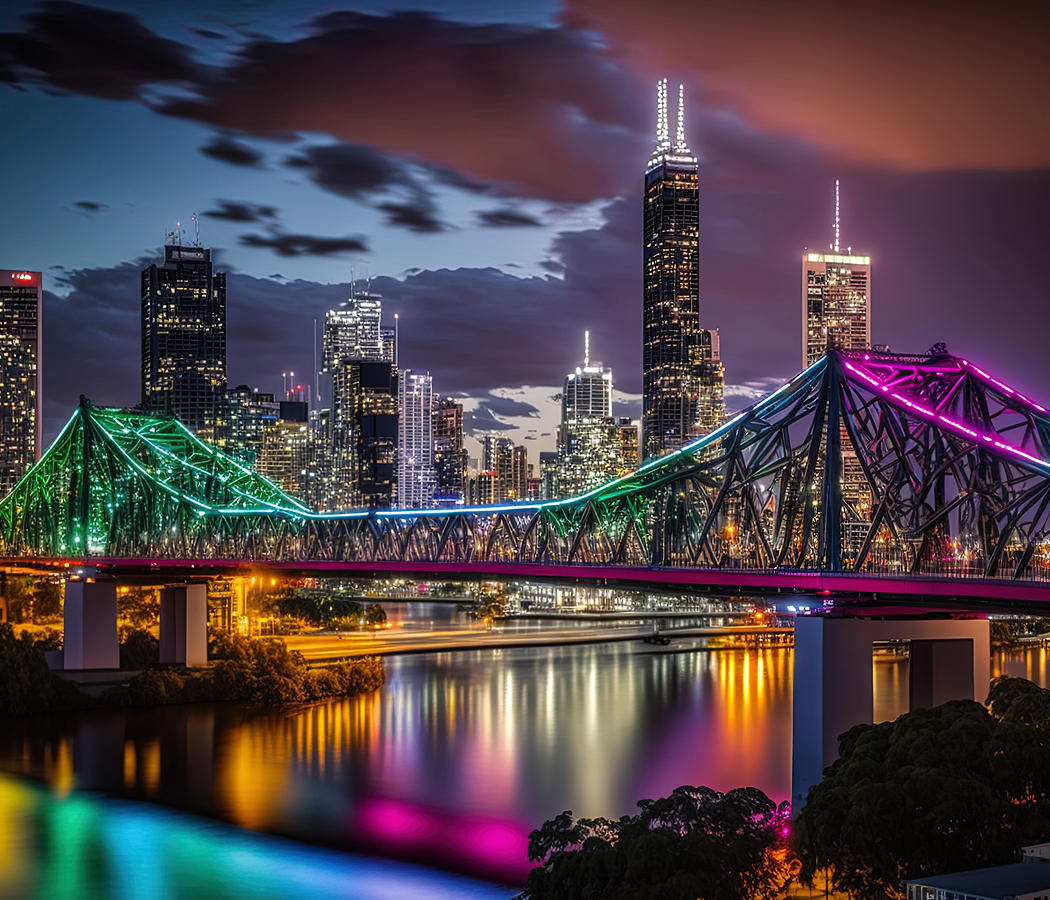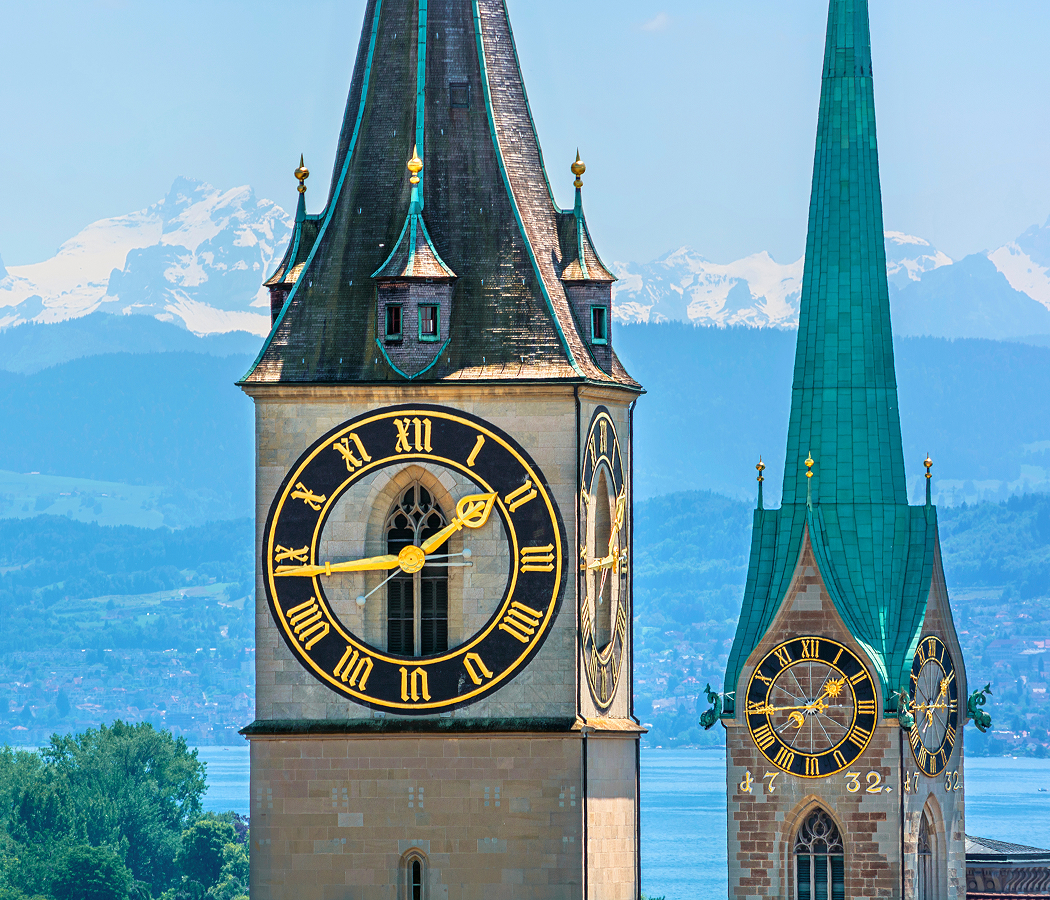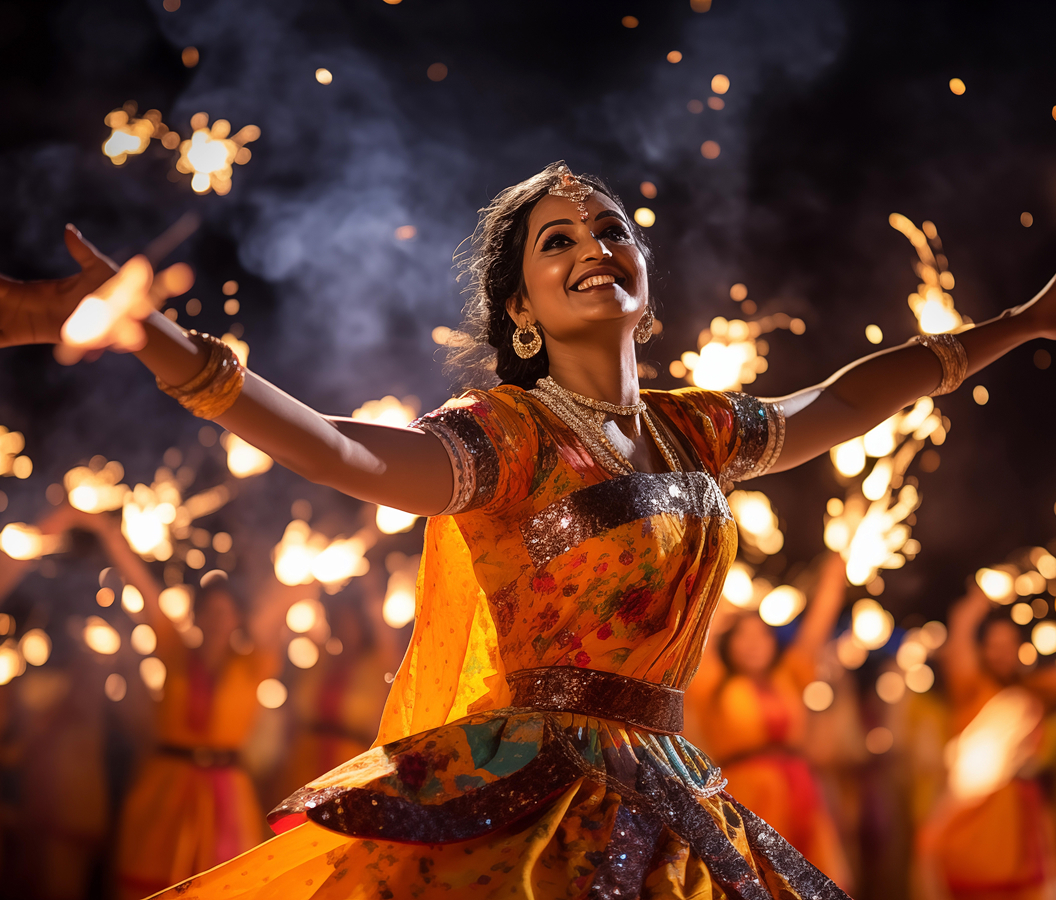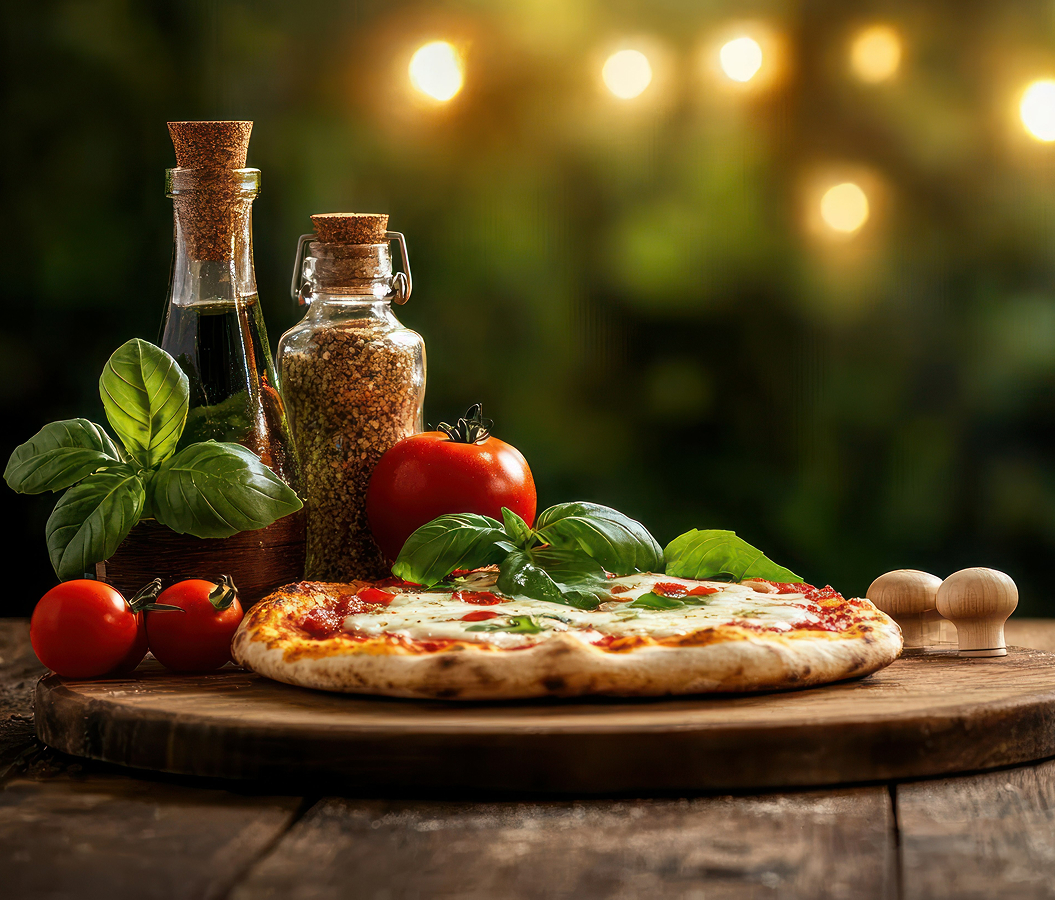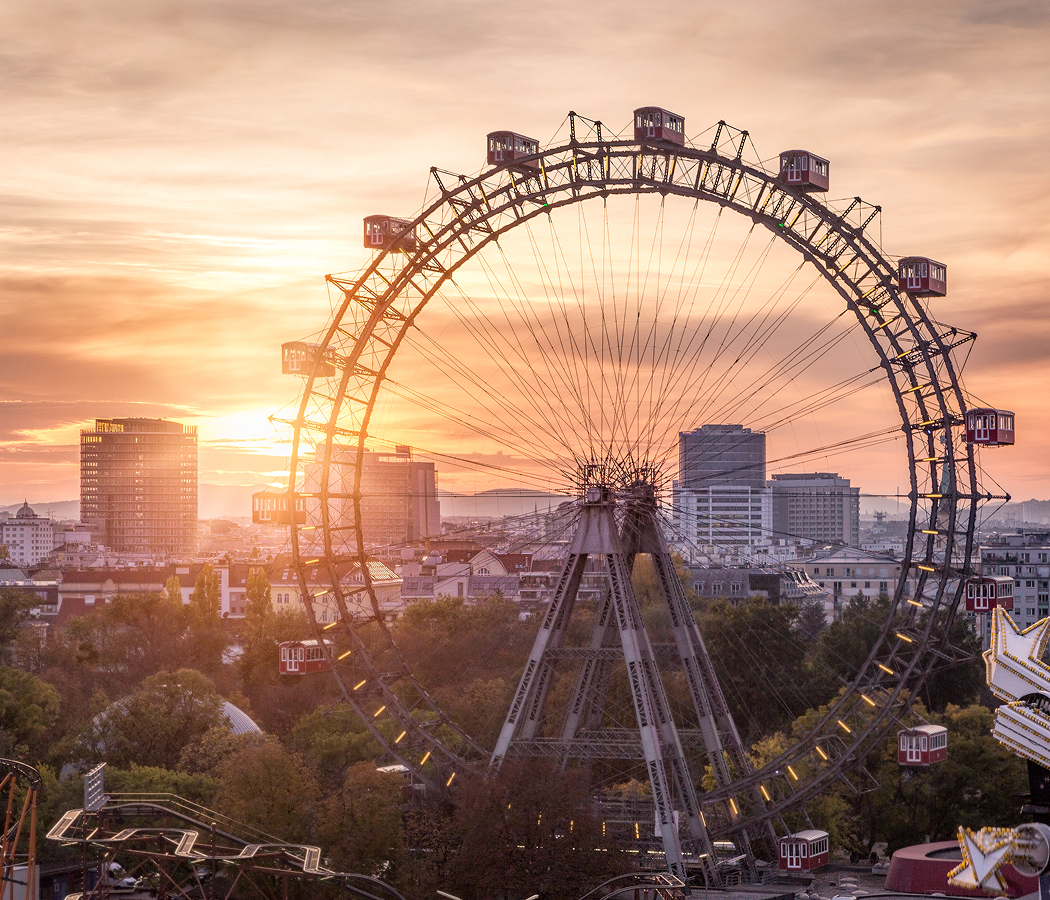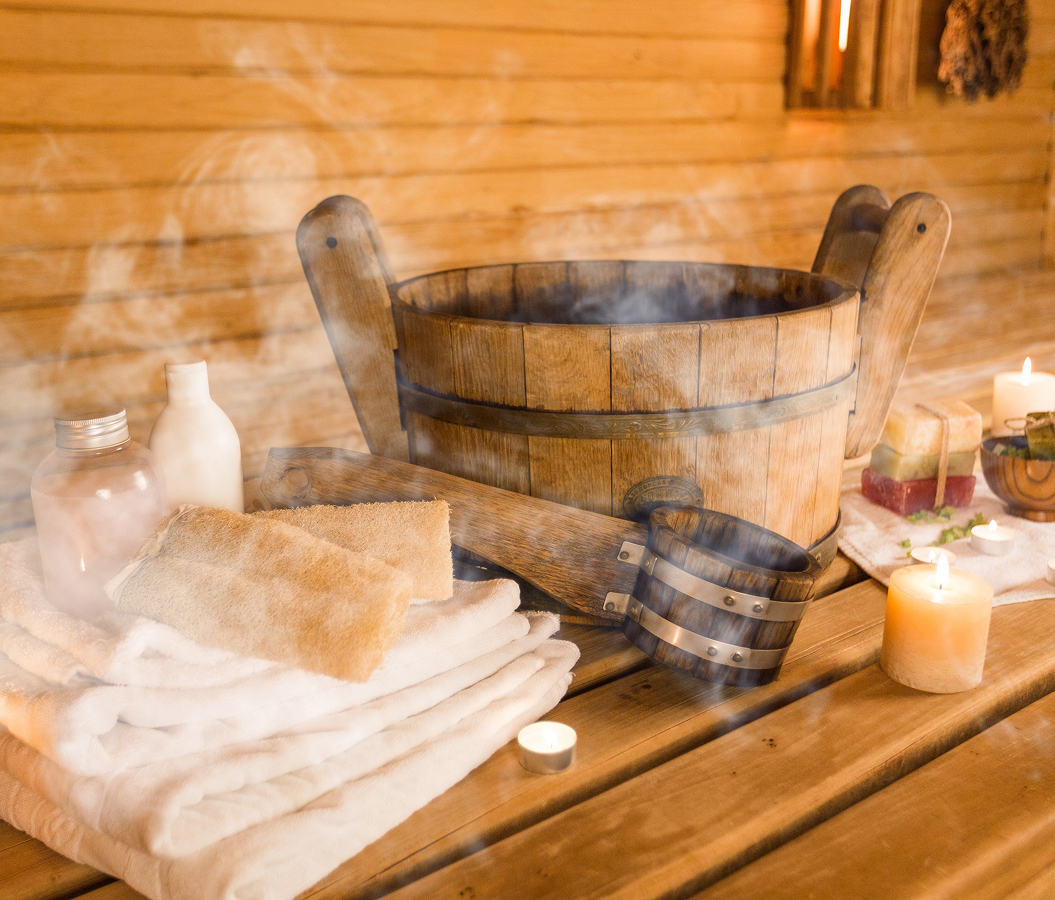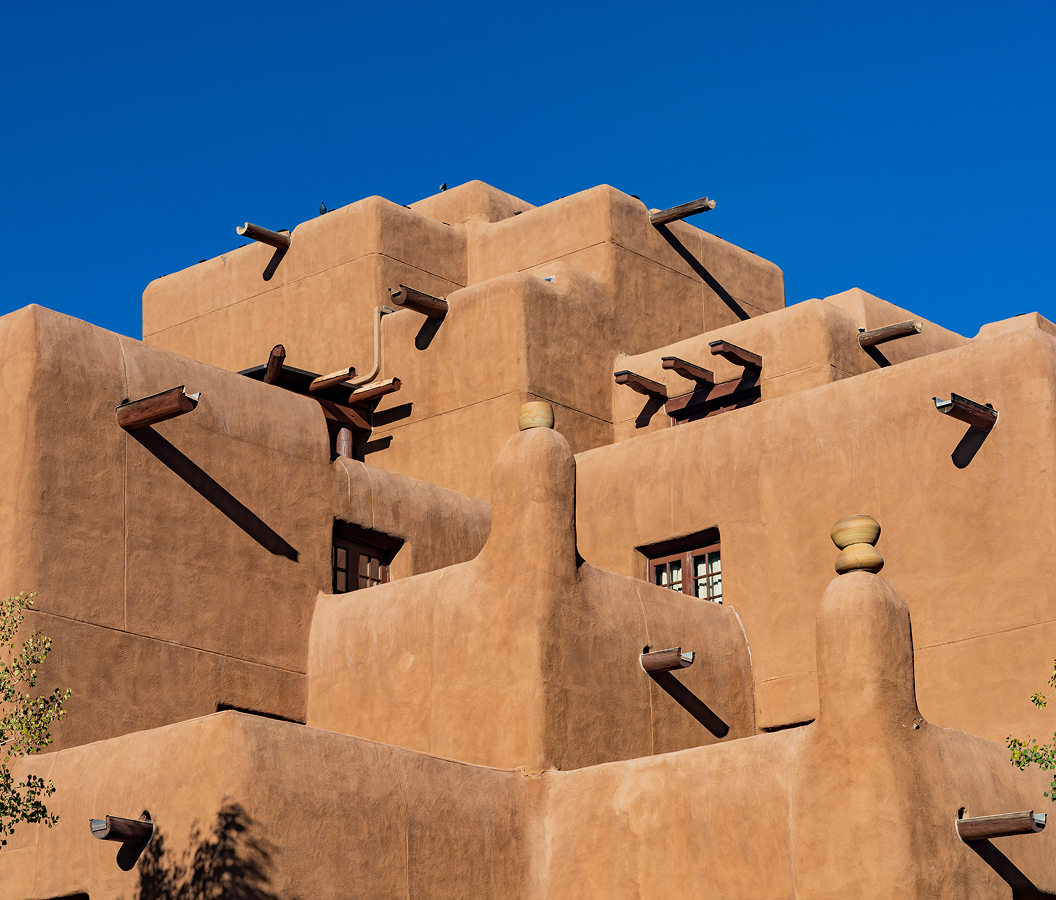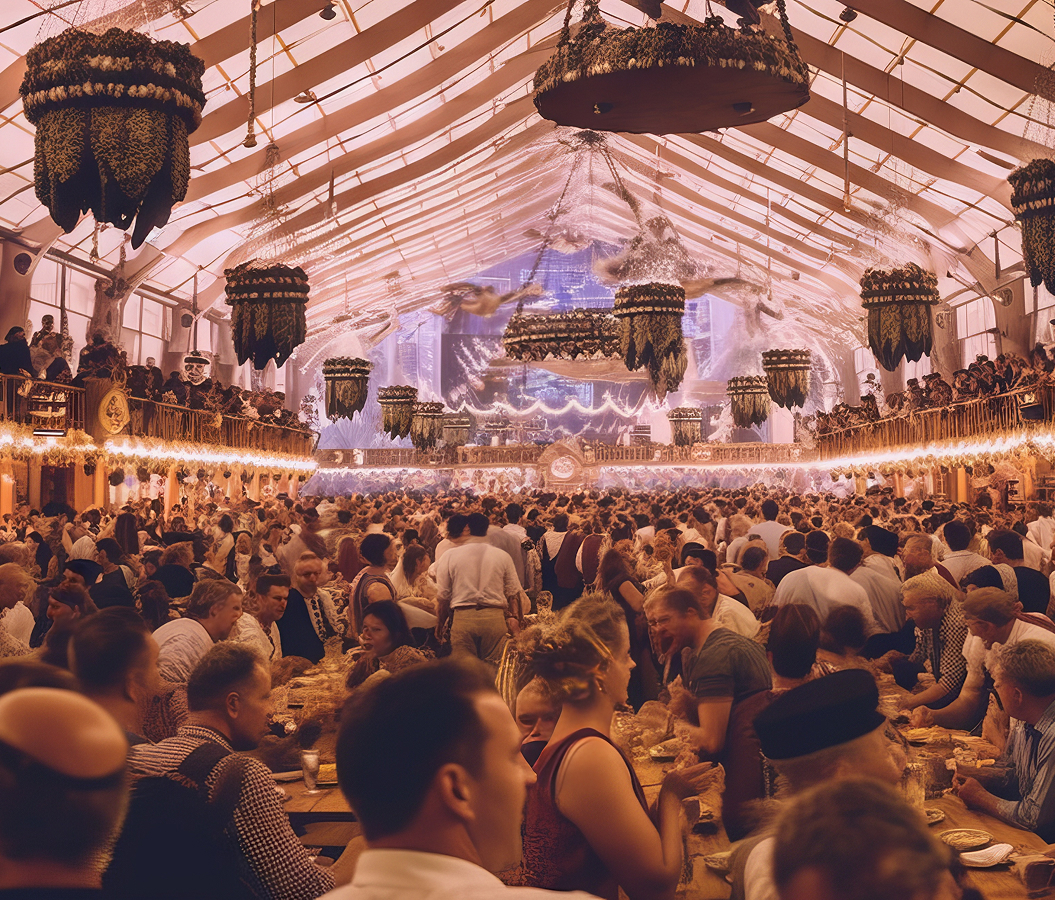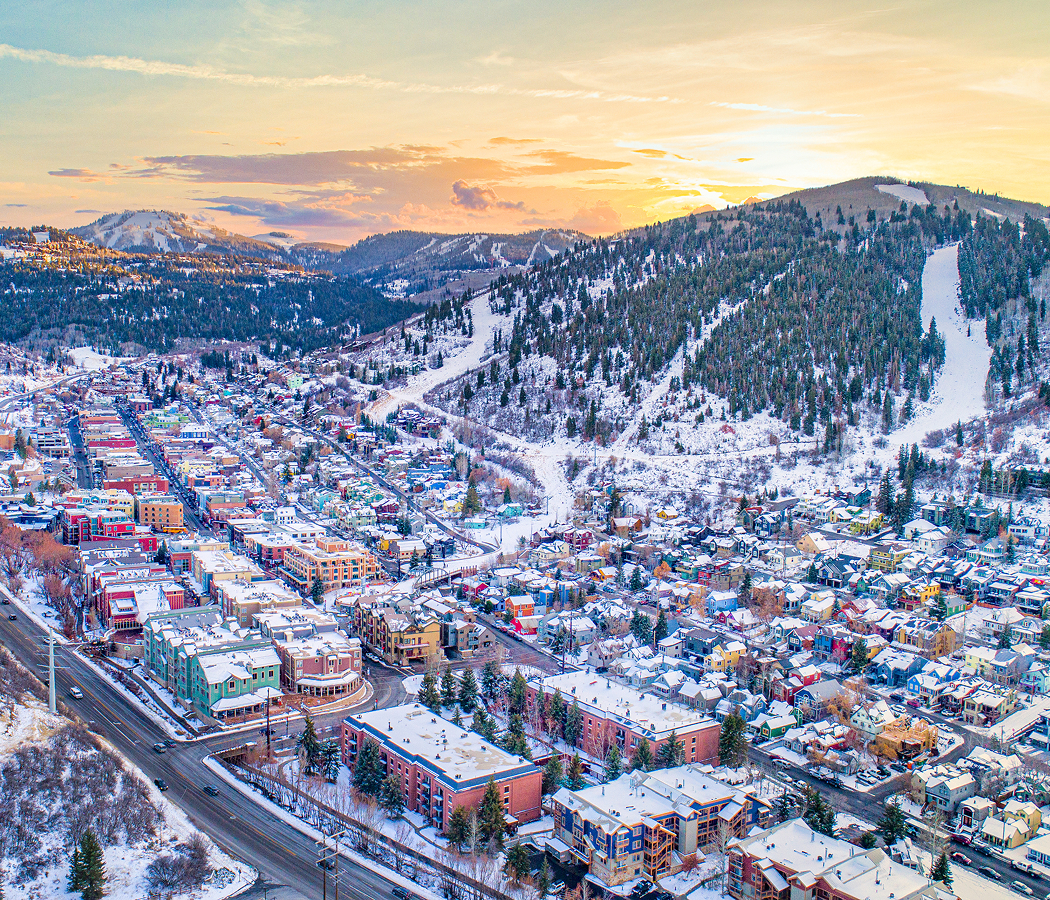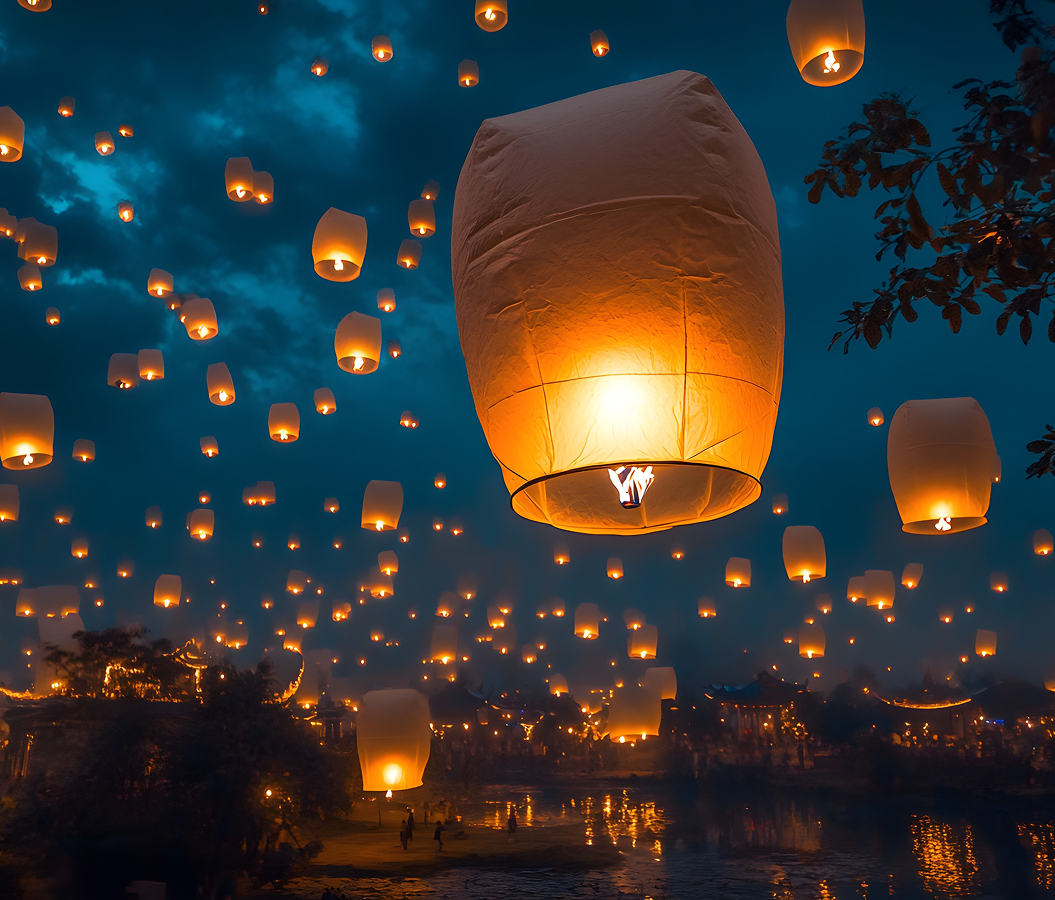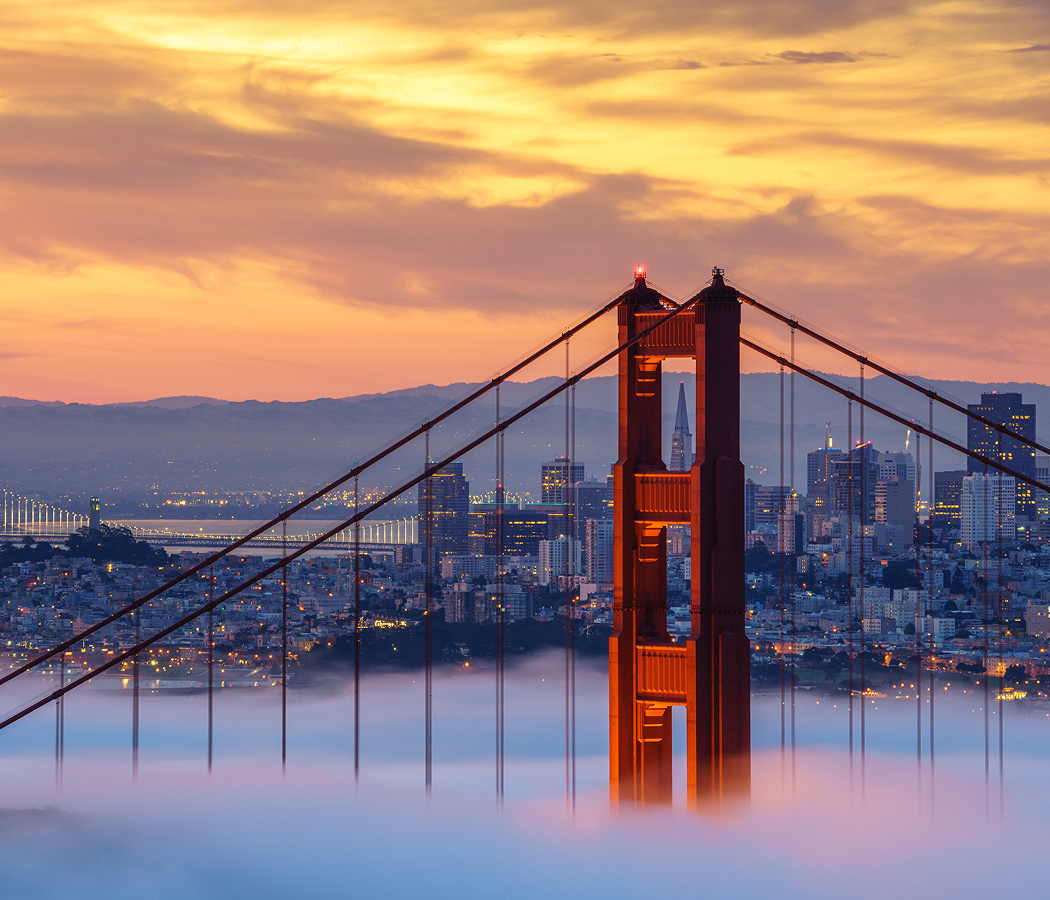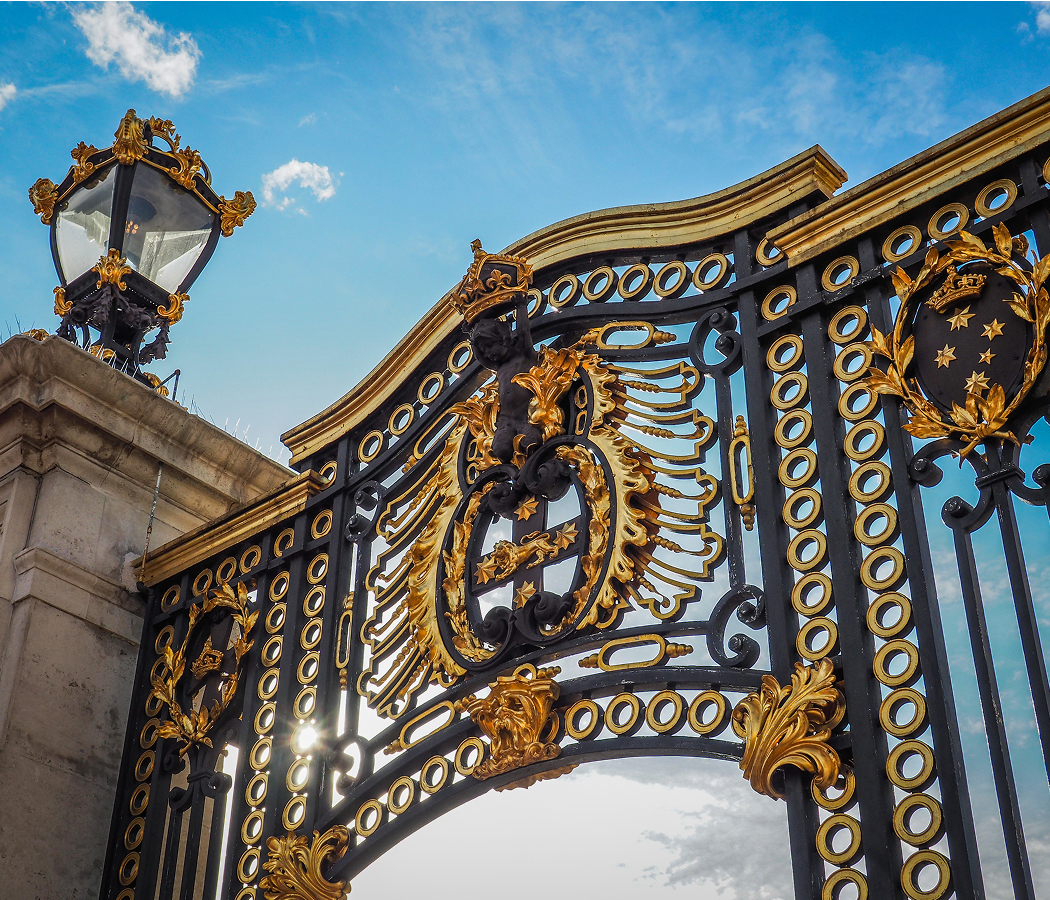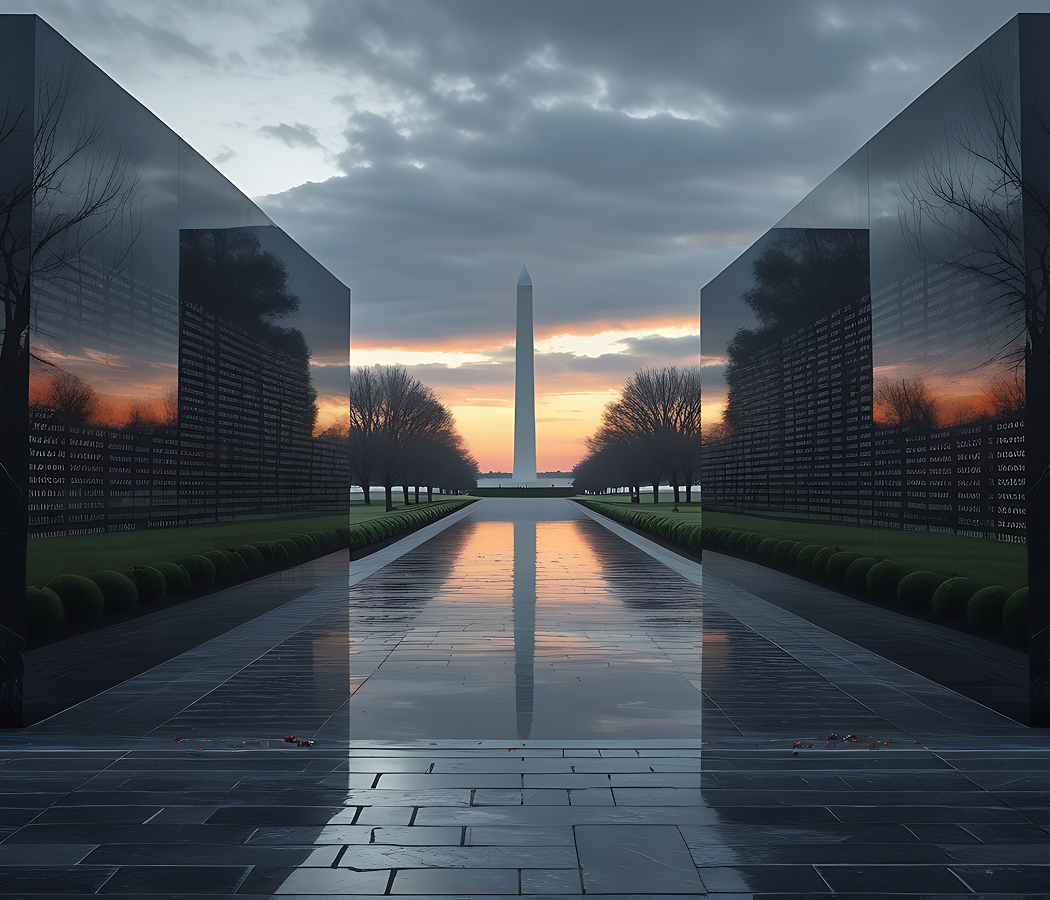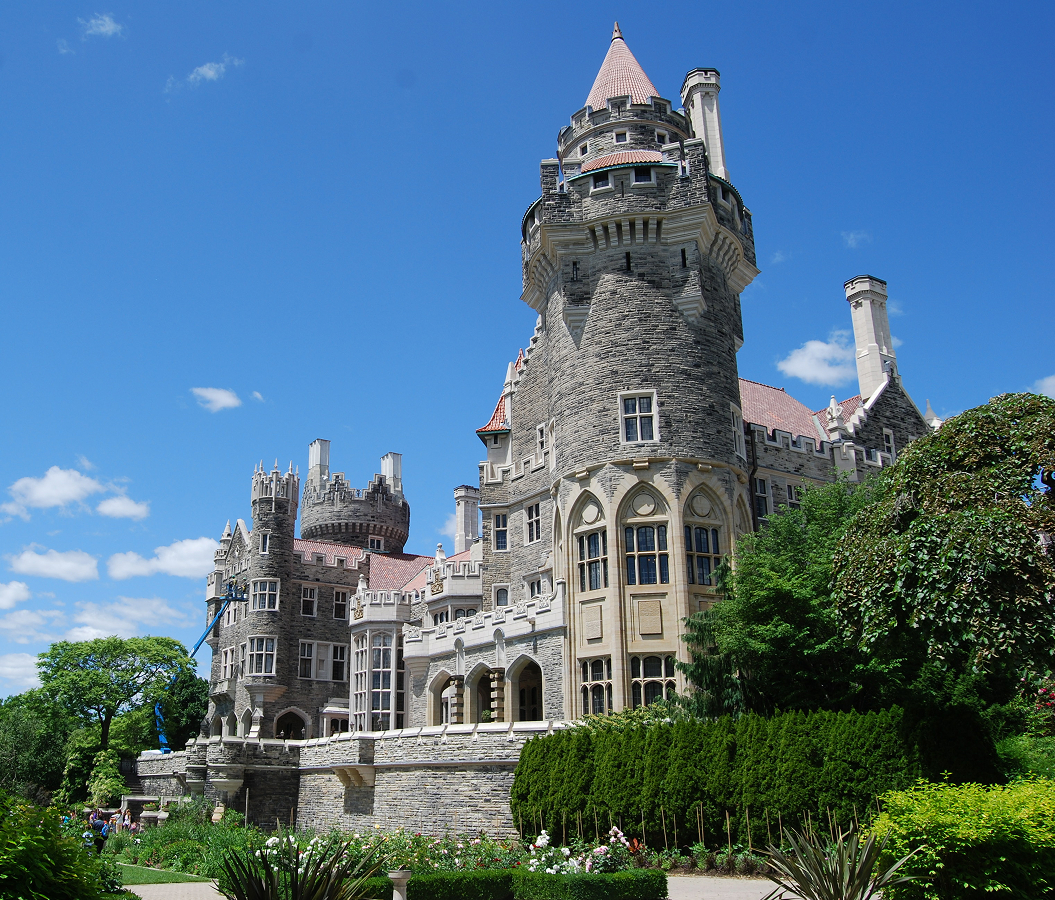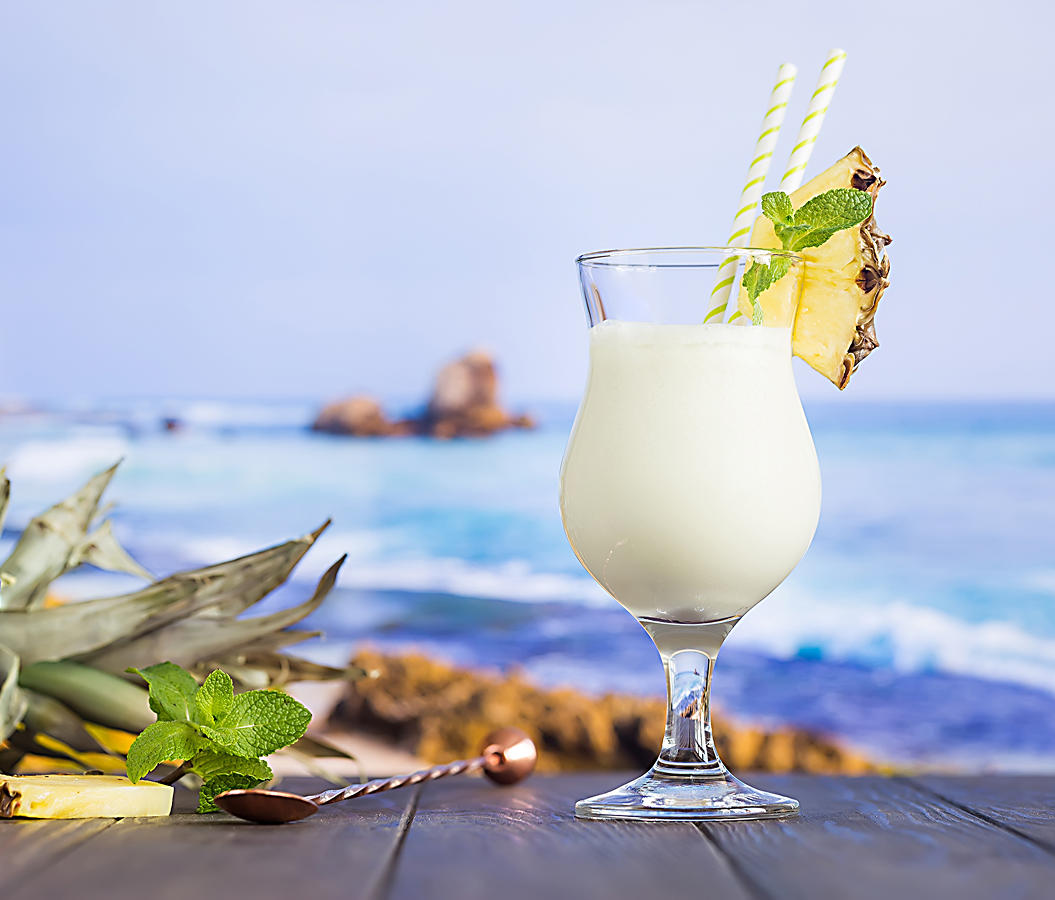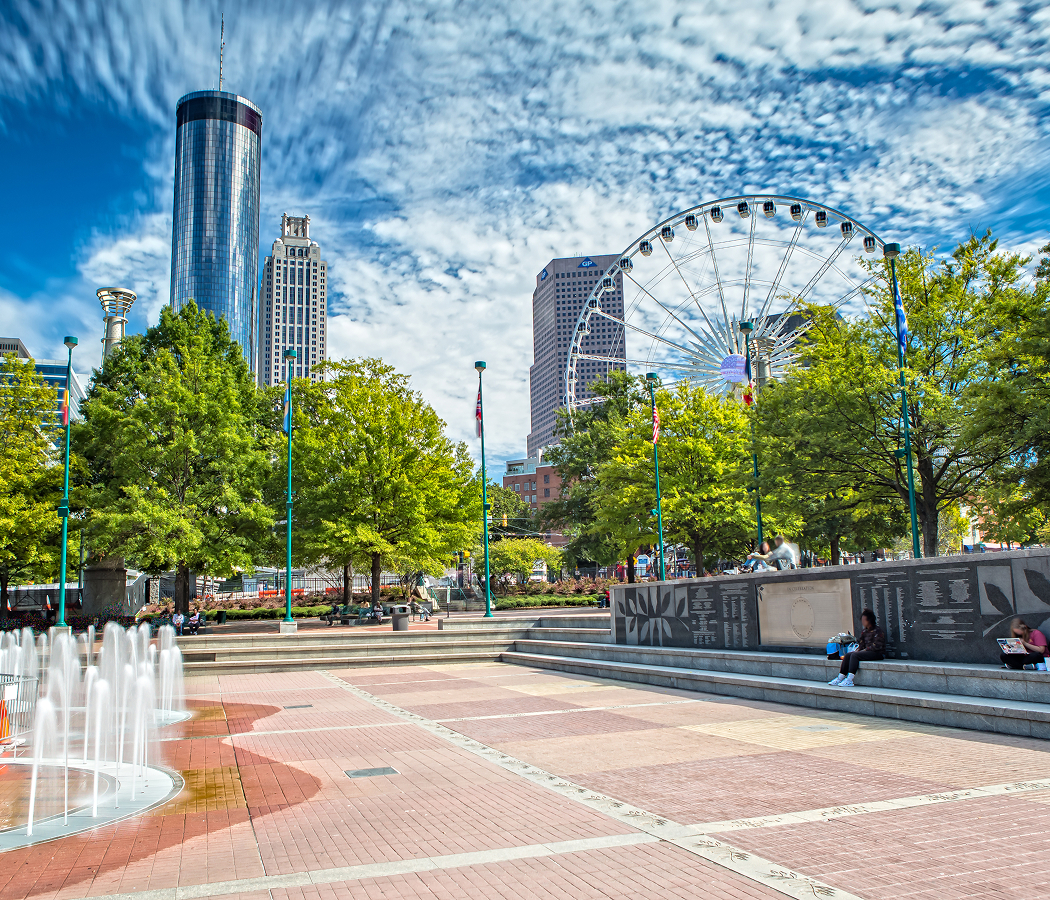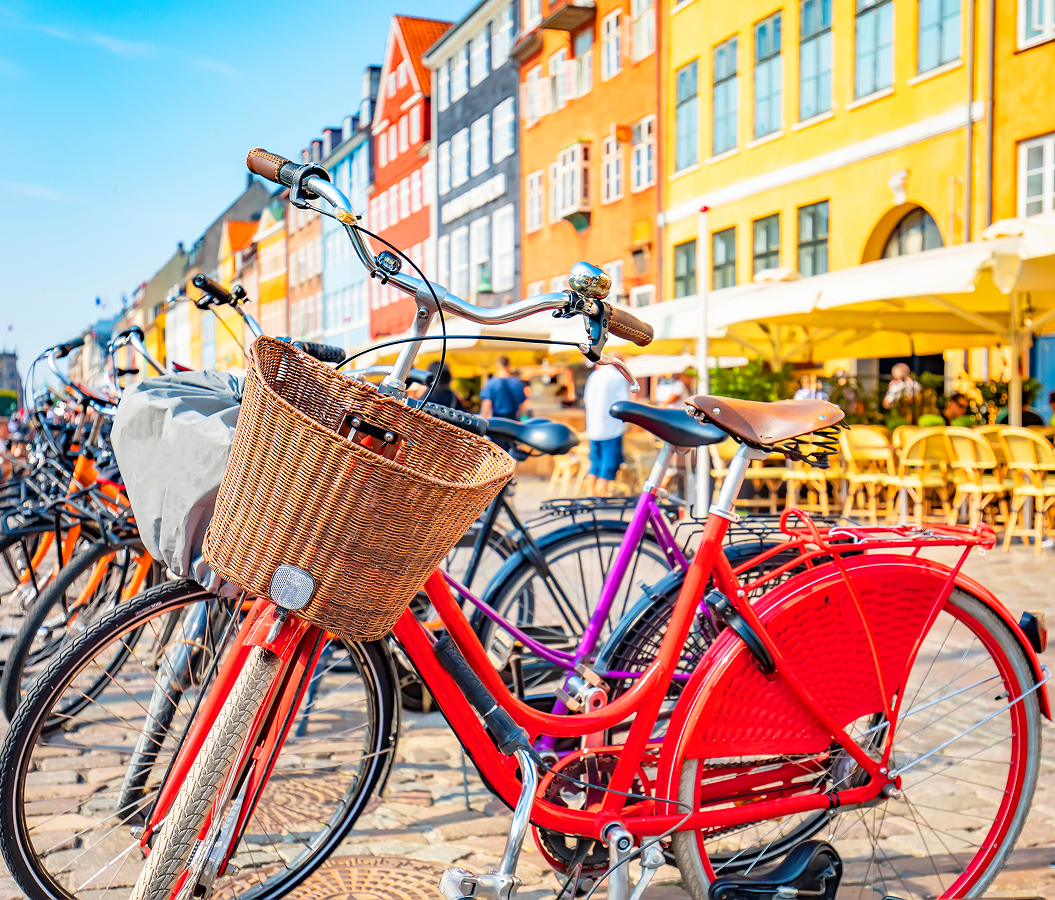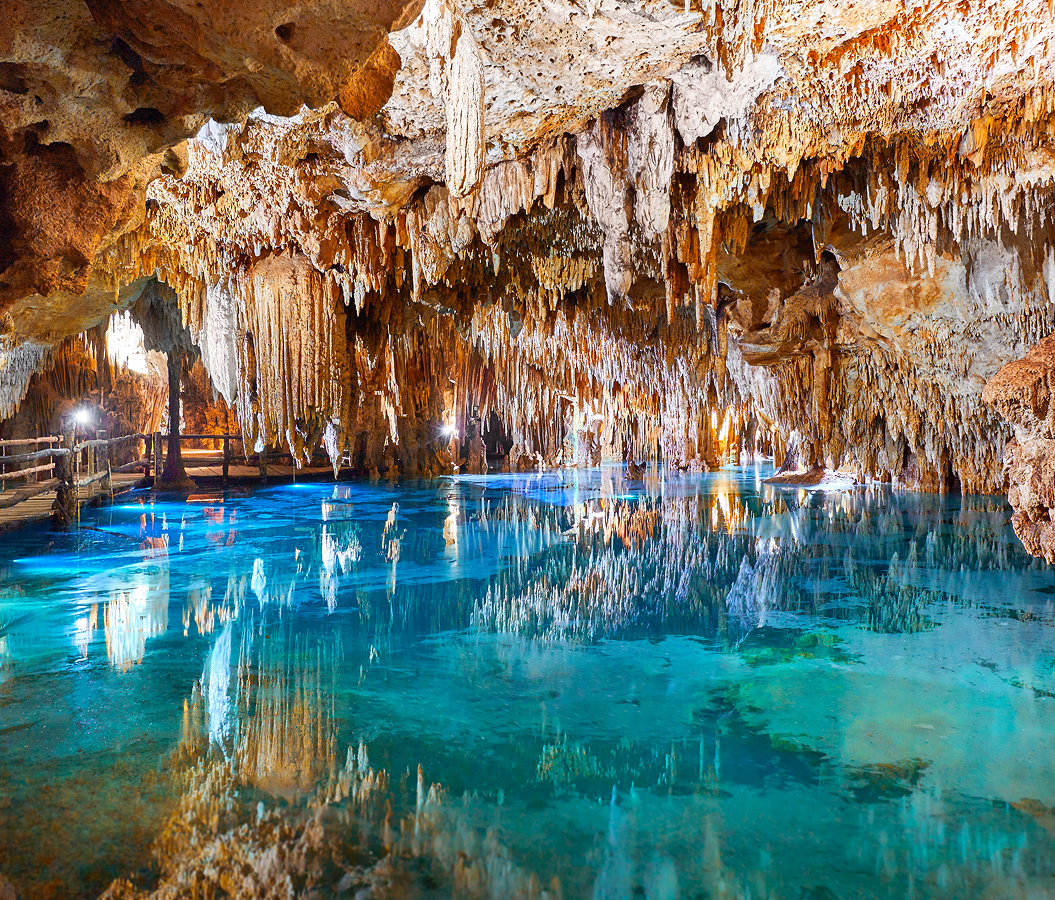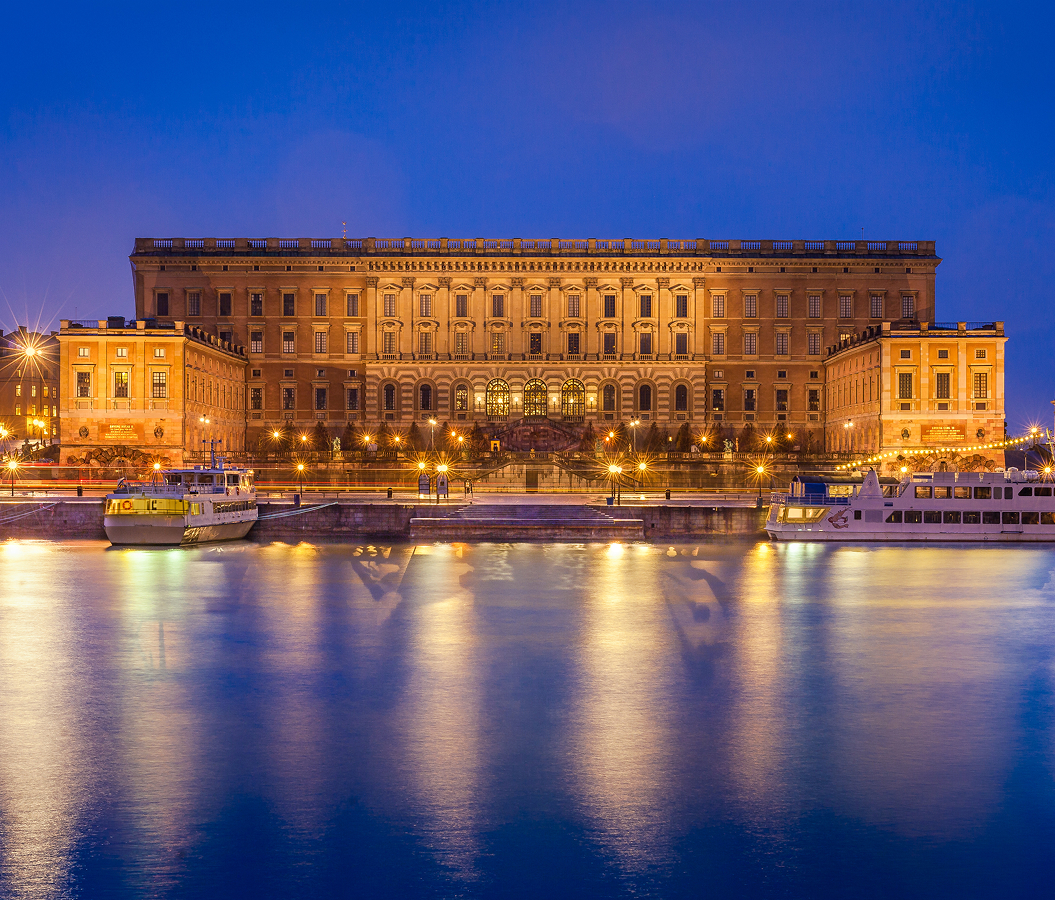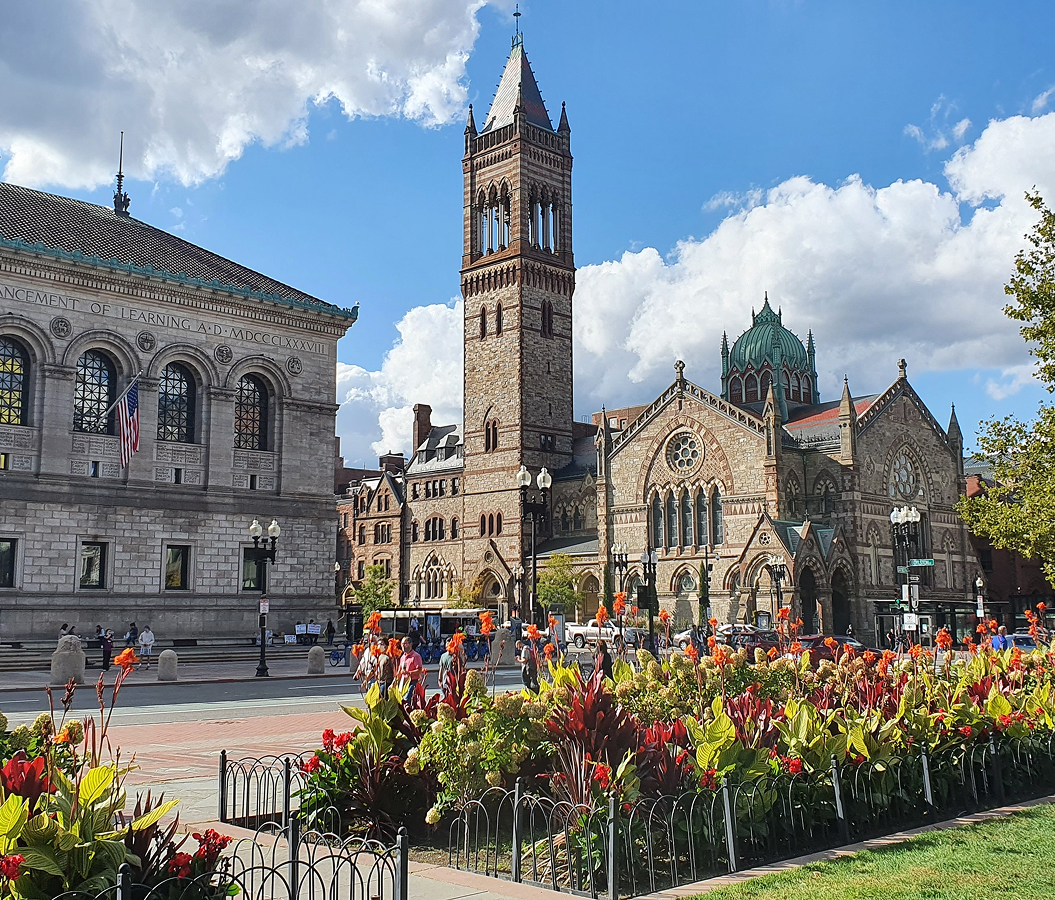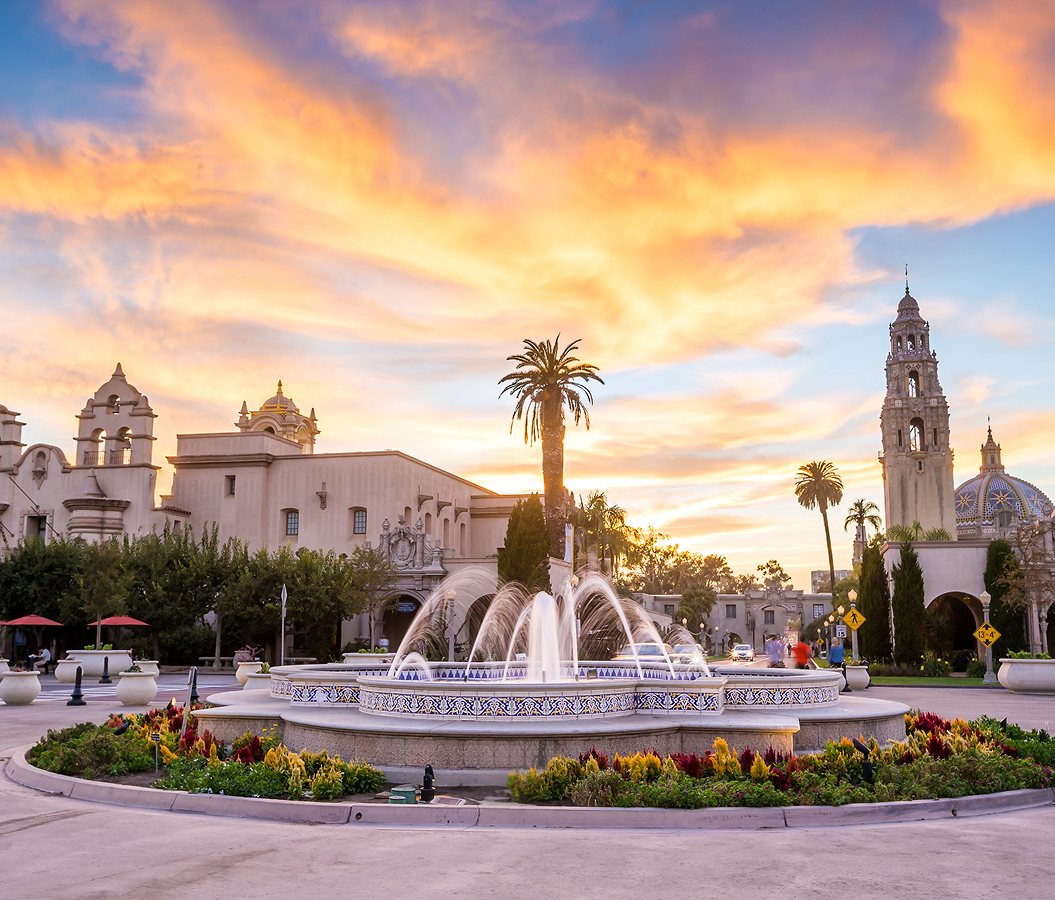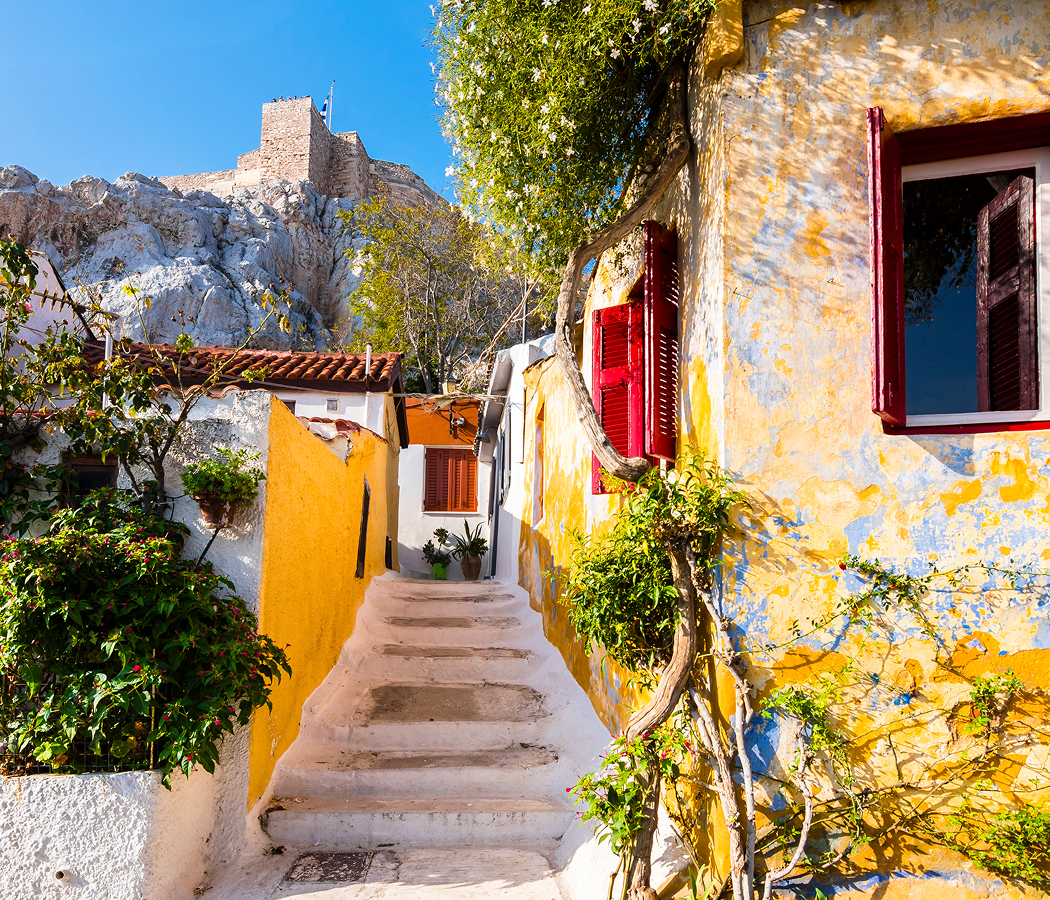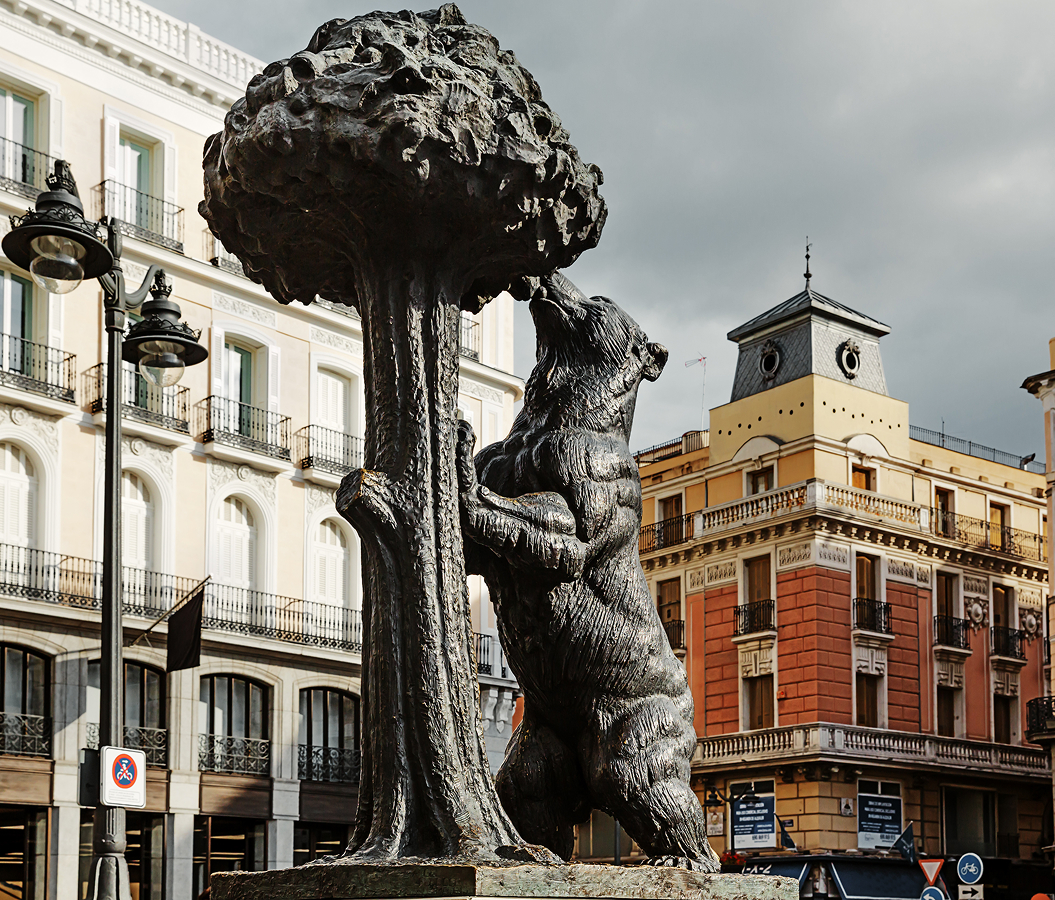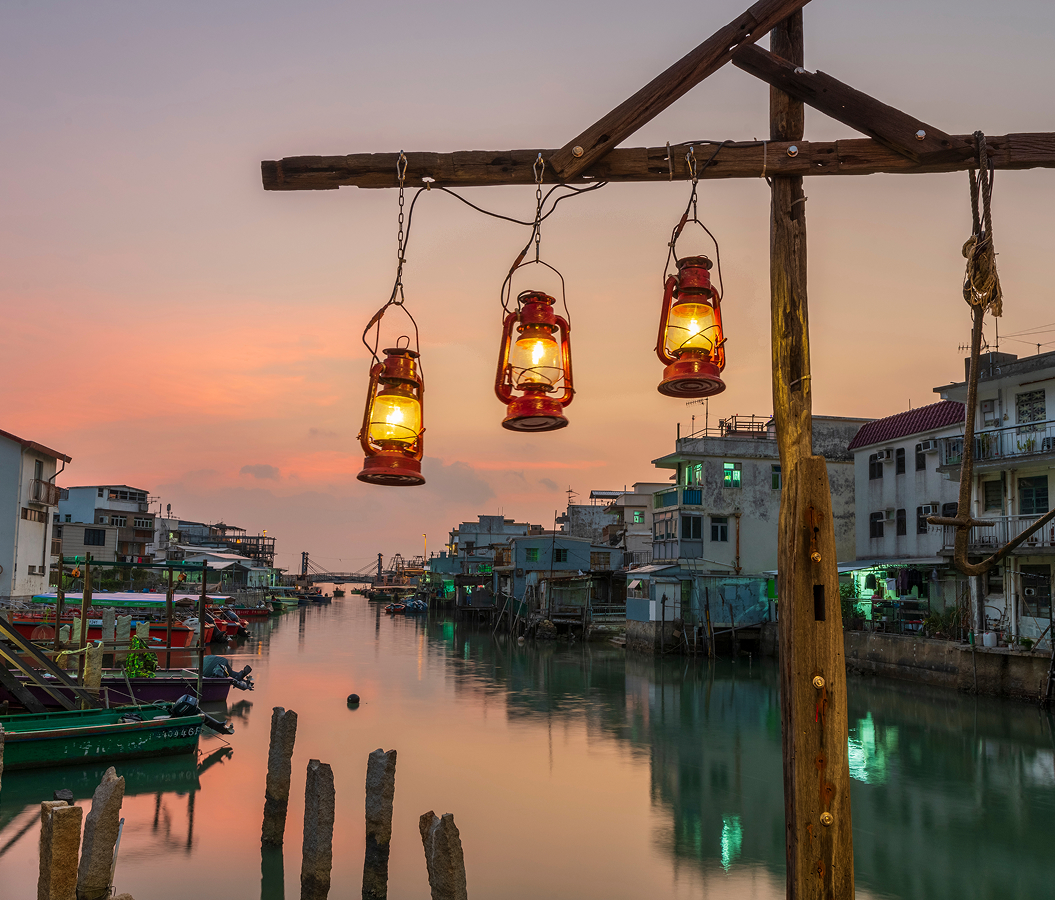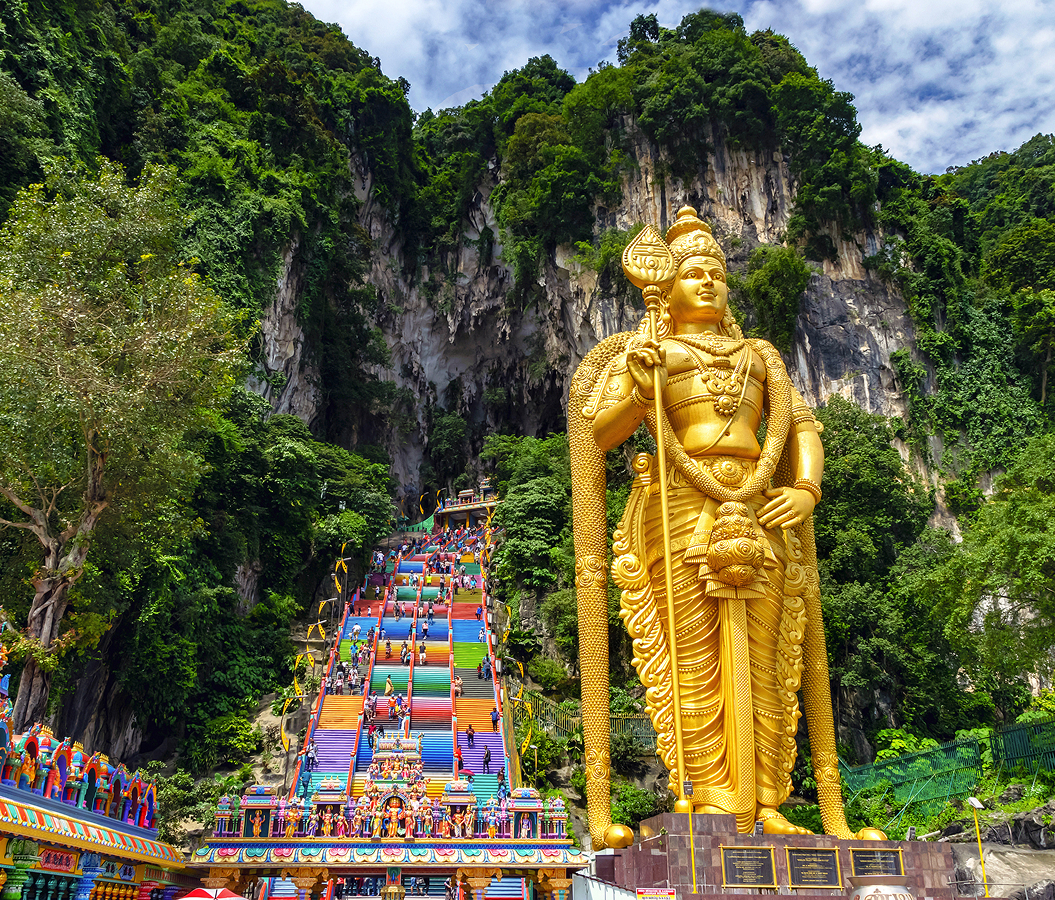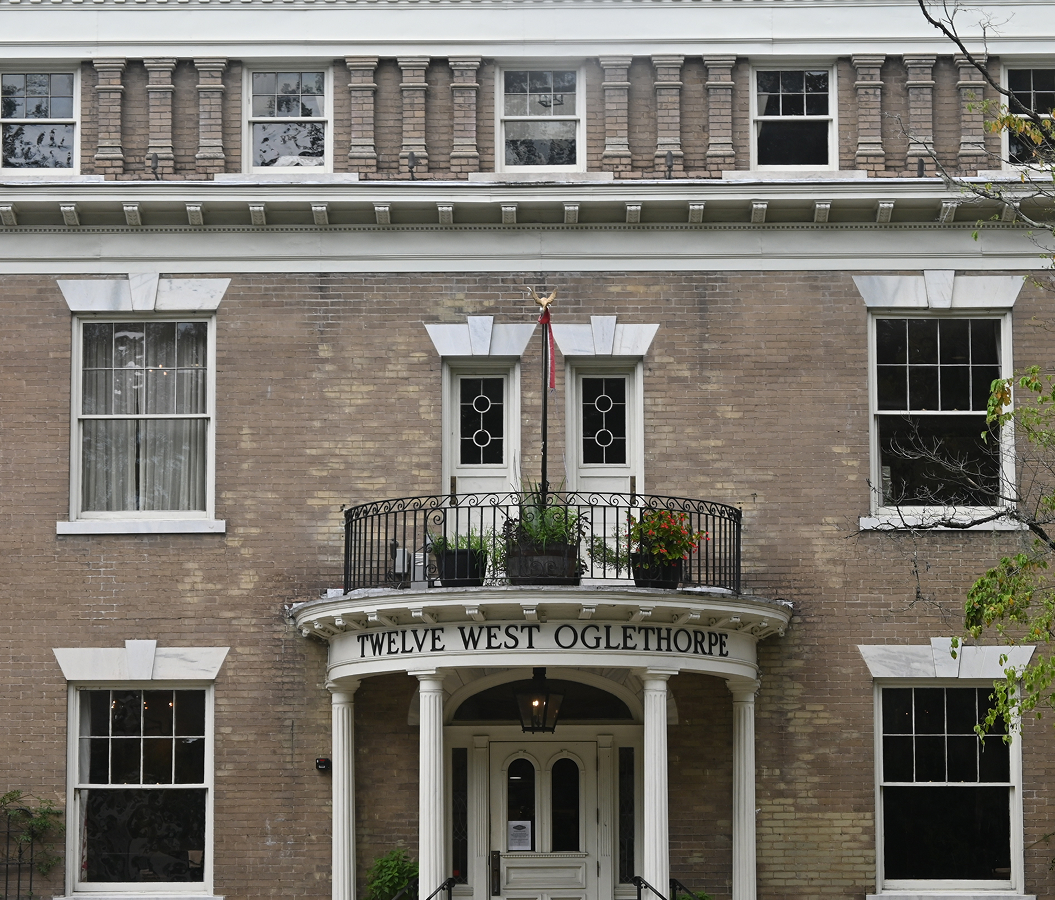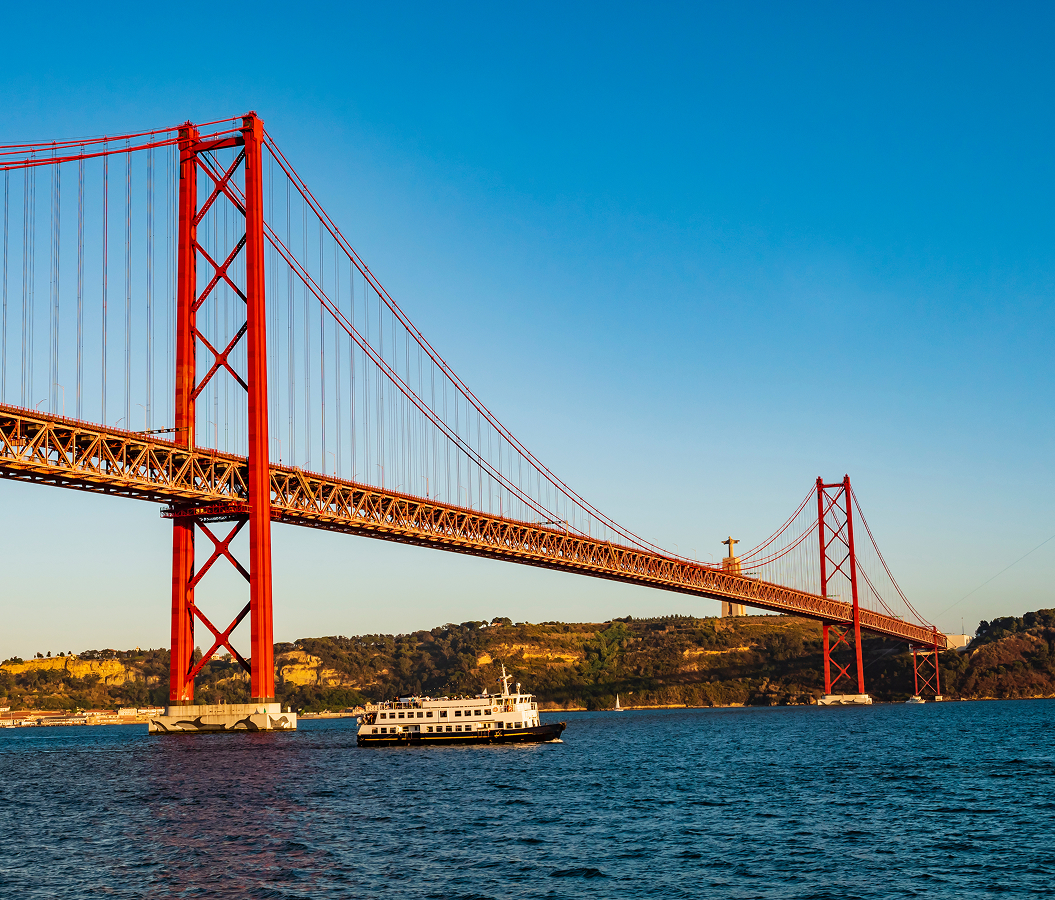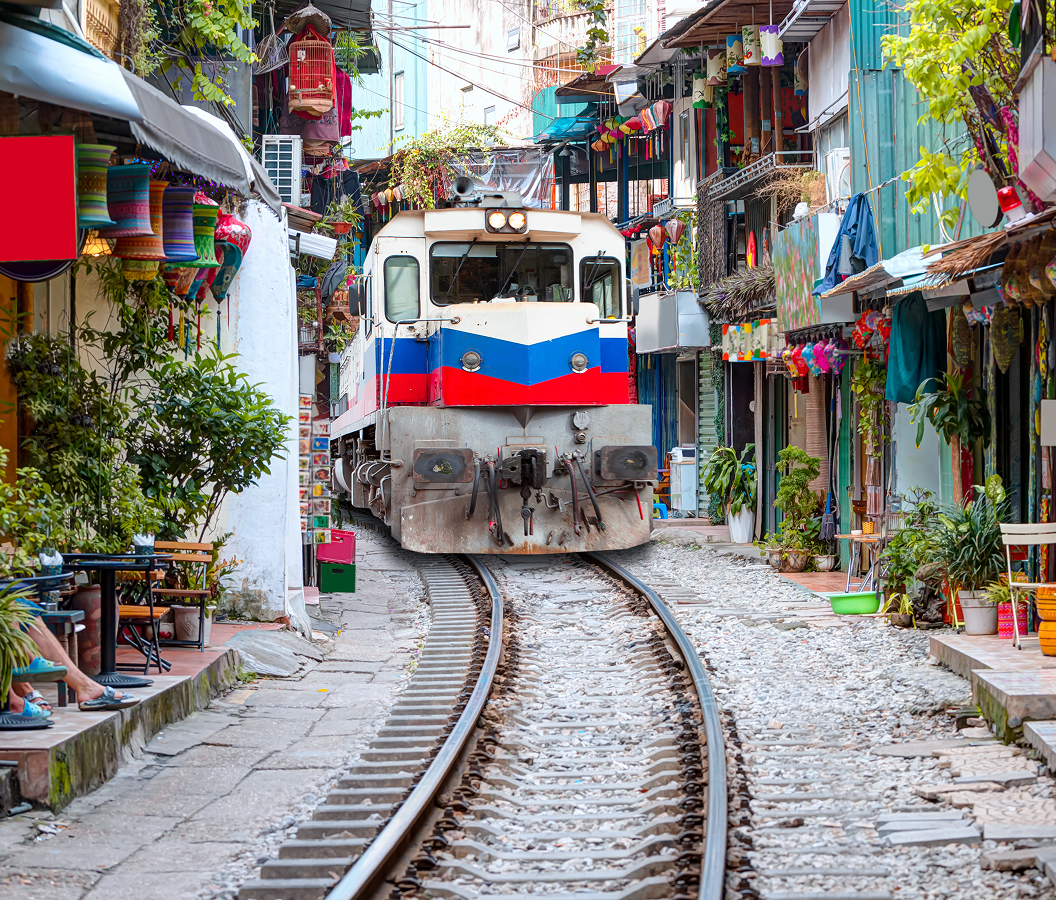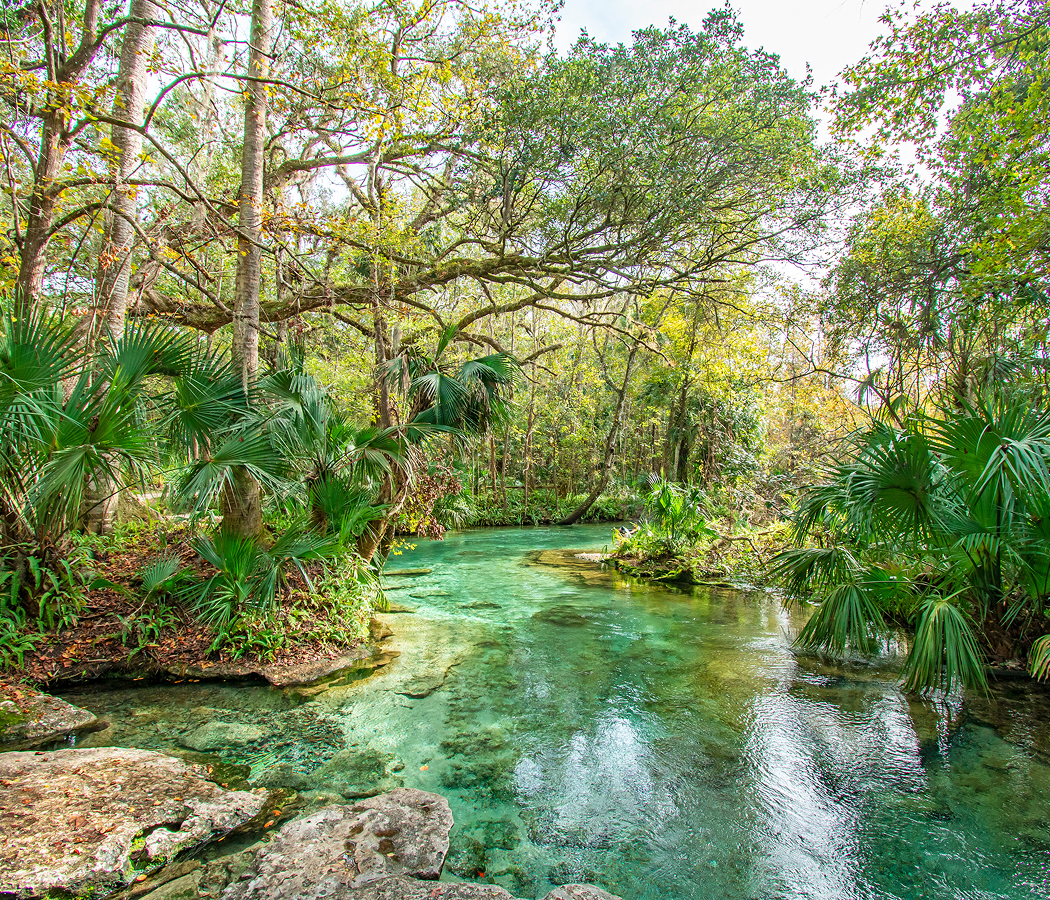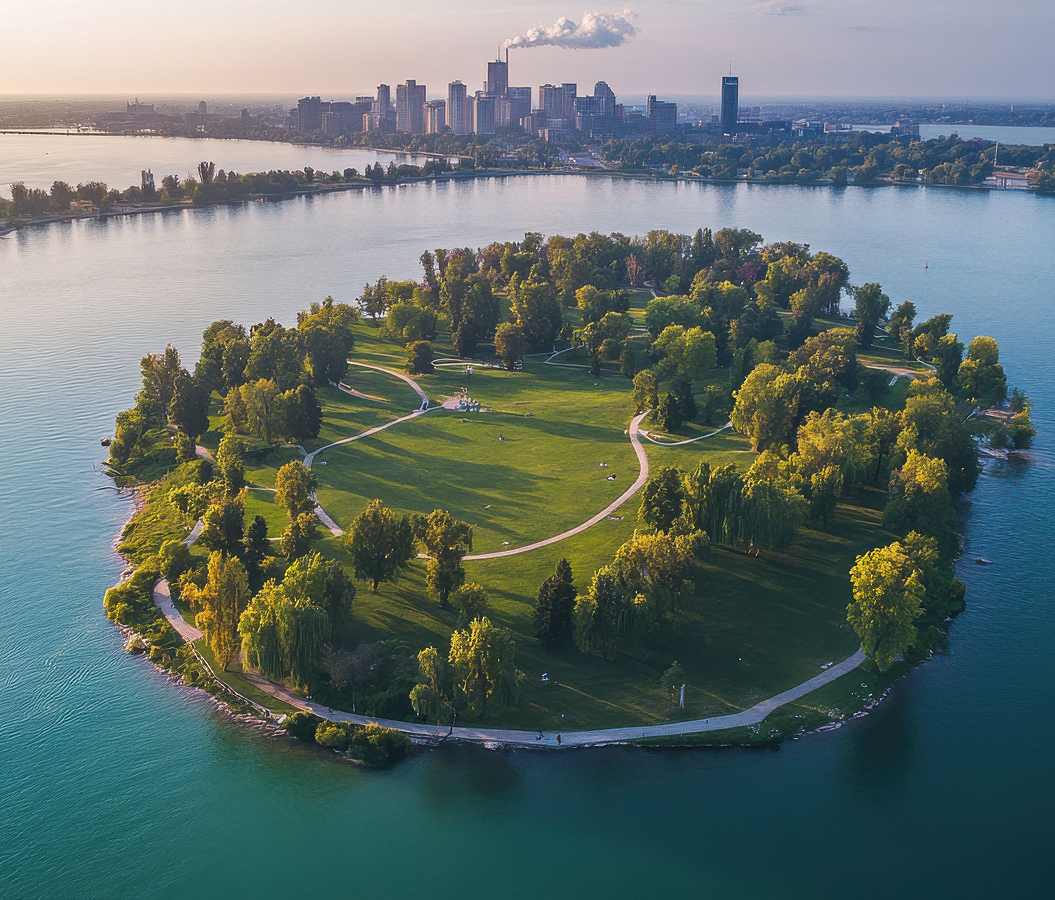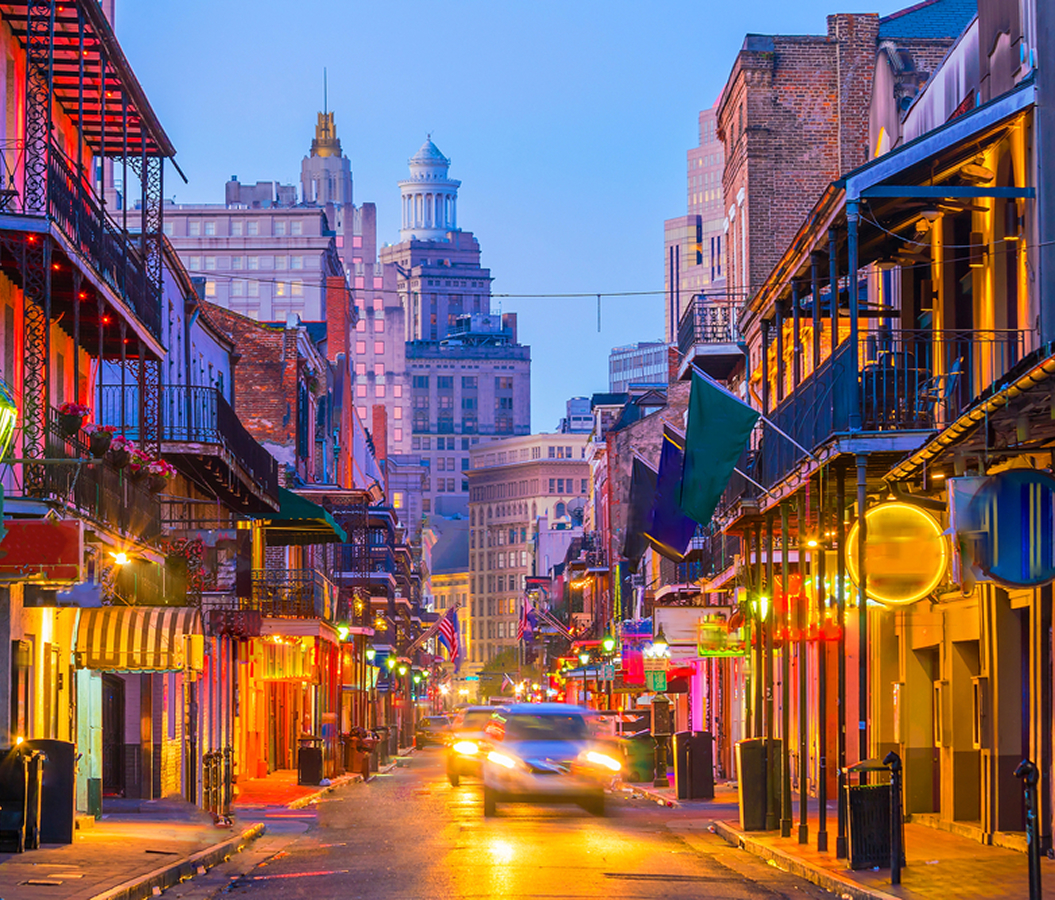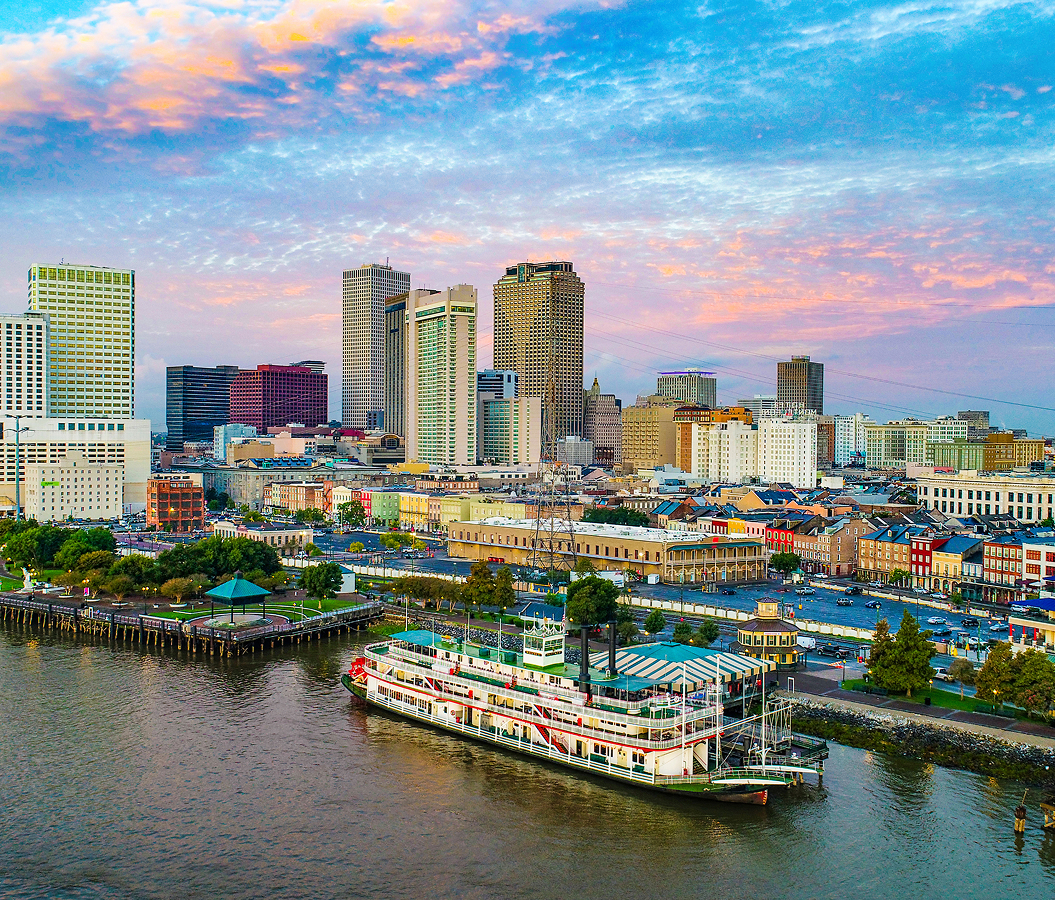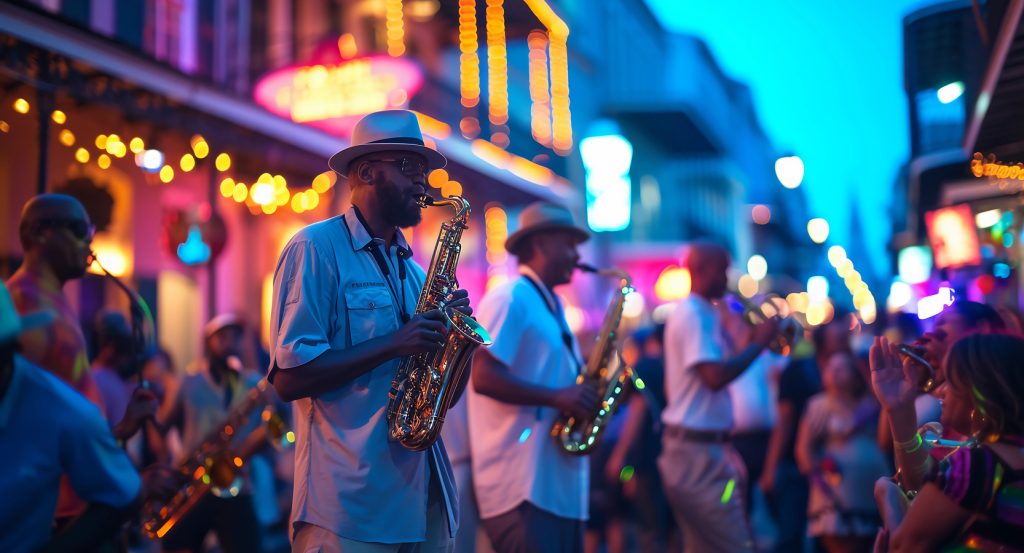
What you didn’t know about New Orleans, Louisiana.
New Orleans sits atop centuries of layered history, geological, cultural, musical, and spiritual, that make it one of the most complex and culturally significant cities in the hemisphere.
Long before the French or Spanish arrived, the land surrounding the Mississippi River delta was home to Indigenous tribes who understood the river’s power and rhythms. The city’s iconic grid, architecture, and traditions are the result of centuries of cultural convergence: French Creole society merging with Spanish colonial rule, West African traditions shaping food, music, and religion, Haitian refugees remaking entire neighborhoods, and later waves of Irish, Italian, and Caribbean influences adding their own textures. Jazz, born here, didn’t appear by accident. It emerged from Congo Square, where enslaved Africans were allowed to gather on Sundays to drum, dance, and preserve rhythms that would eventually form the backbone of American music. The city’s cuisine is equally layered: gumbo influenced by Indigenous file powder and West African okra; jambalaya shaped by Spanish paella; beignets carried from French patisseries into local lore. Beneath the city flows a complex system of wetlands, bayous, and buried waterways that have shaped its architecture and engineering for centuries. Even its spiritual landscape is richer than visitors realize, Catholicism intertwined with African diasporic practices, folklore living alongside faith, resilience woven through everything. New Orleans is not simply old. It is ancient, layered, resilient, and deeply alive with meaning that most travelers never realize they’re walking upon.
Five fascinations about New Orleans.
5. The city’s cemeteries are built above ground for a reason.
Due to its high water table, burying underground just doesn’t work, so New Orleans crafted hauntingly beautiful “cities of the dead” with ornate, elevated tombs.
4. Voodoo is deeply rooted in the city’s identity.
Brought over by enslaved West Africans and blended with Catholicism, New Orleans Voodoo isn’t dark magic, it’s a spiritual practice of reverence, healing, and community.
3. Jazz wasn’t invented here by accident.
New Orleans’ cultural melting pot of African, Caribbean, French, and Spanish influences created the perfect storm for jazz to emerge, raw, emotional, and electrifying.
2. Mardi Gras is more local than you think.
Despite its tourist fame, Mardi Gras is deeply community-driven. The krewes, parades, and bead traditions are year-round labors of love, rooted in local pride and generational legacy.
1. It’s one of the only U.S. cities where drinking on the street is legal.
Thanks to the city’s open container laws (as long as it’s in a plastic cup), grabbing a daiquiri to-go is part of the NOLA experience, and the party never skips a beat.
Where meaningful travel begins.
Start your journey with Foresyte, where the planning is part of the magic.
Discover the experiences that matter most.



